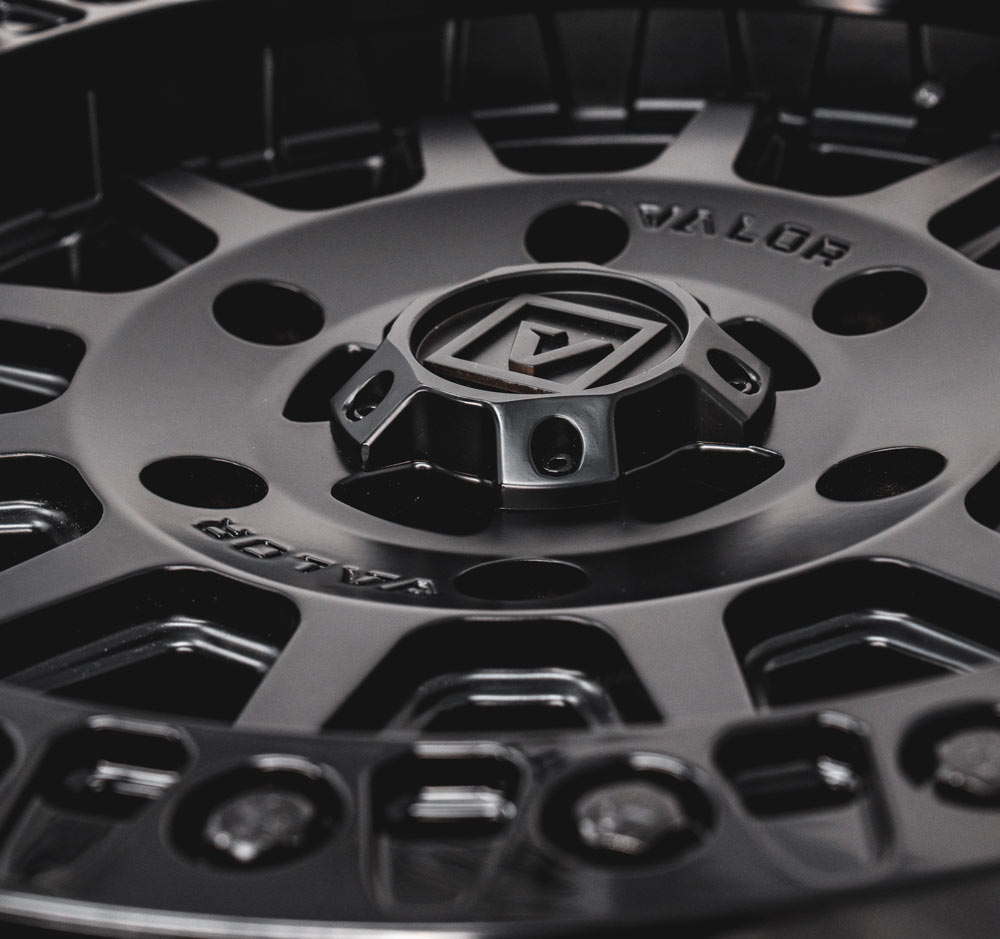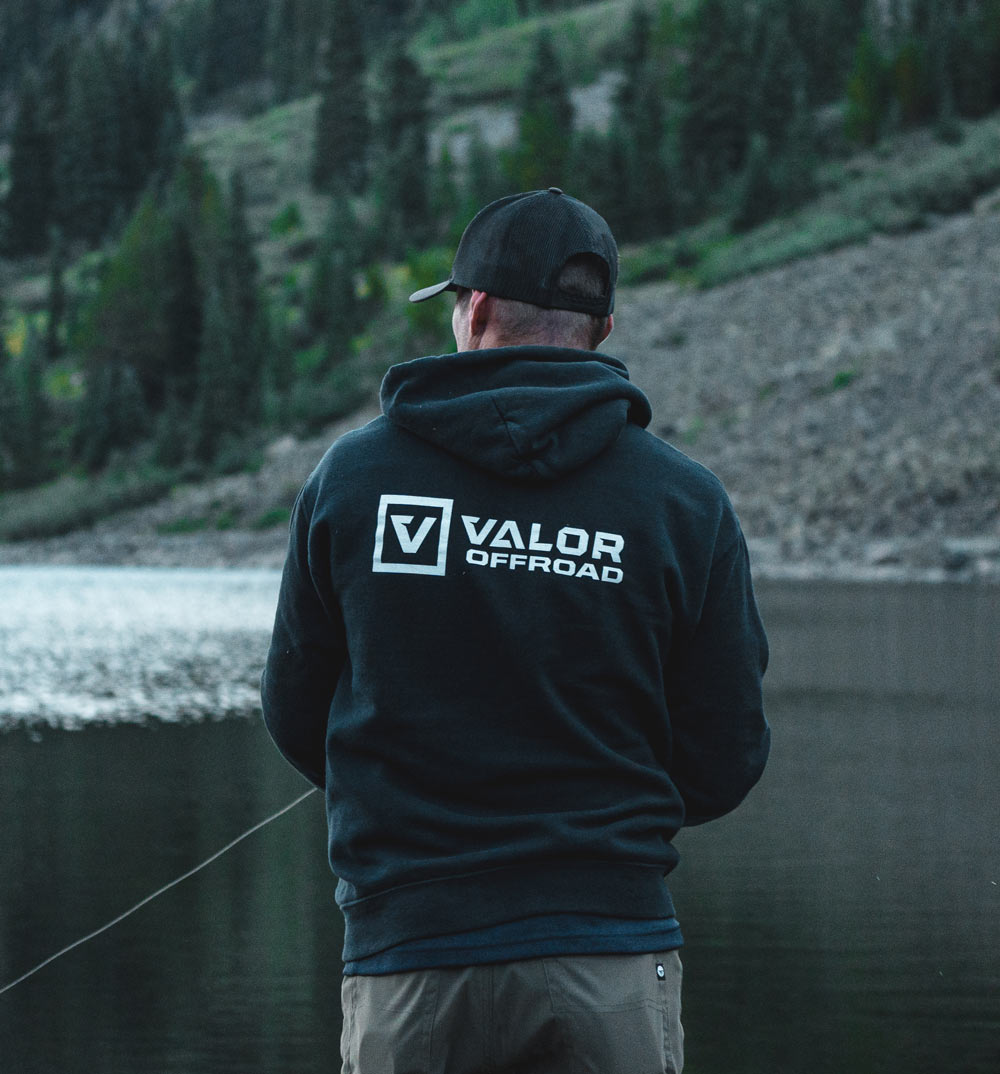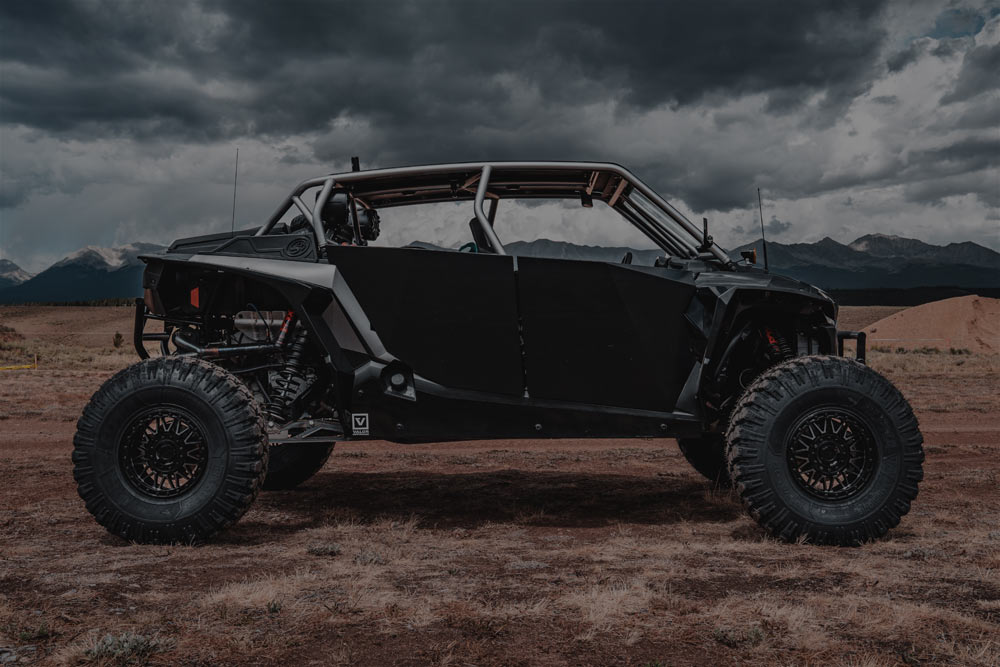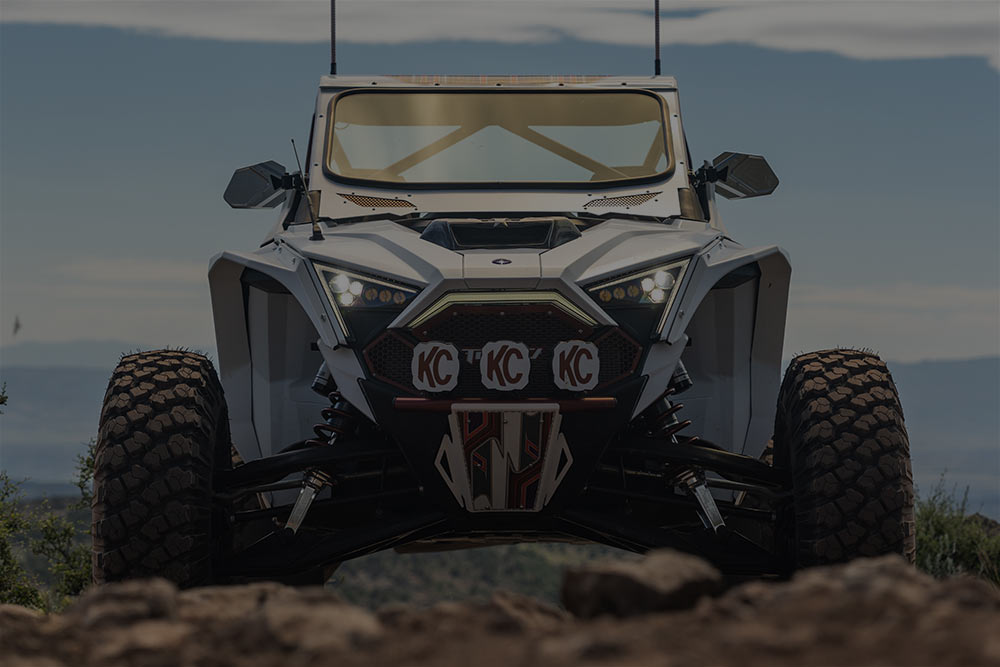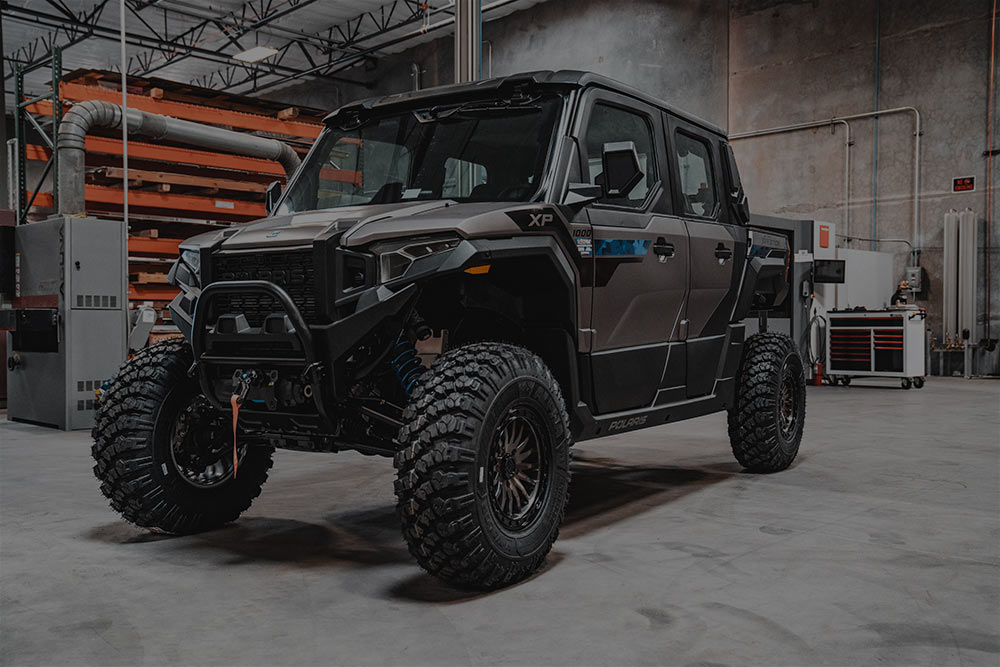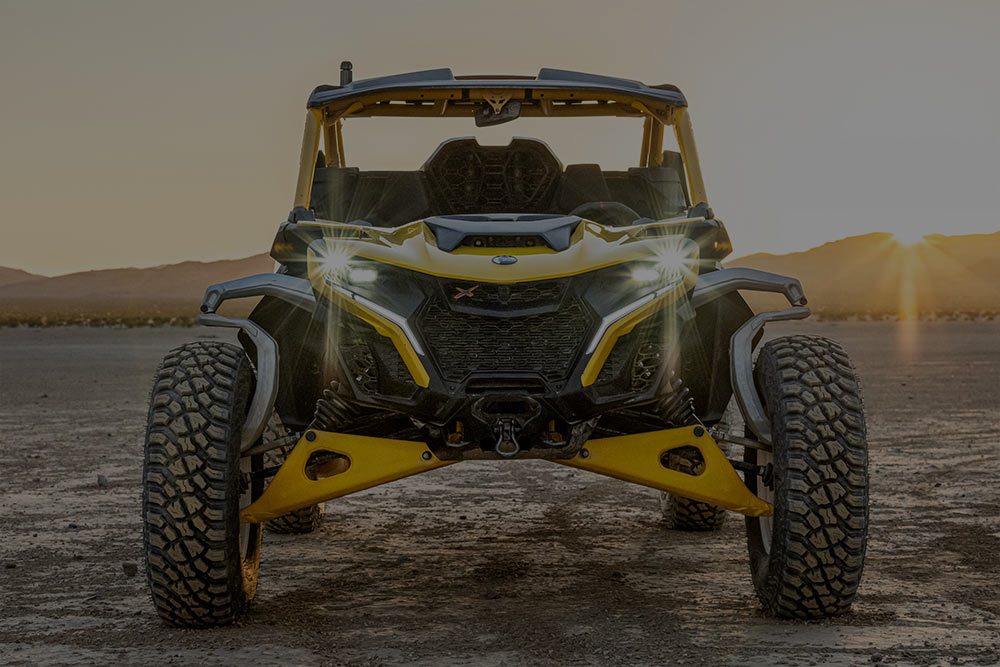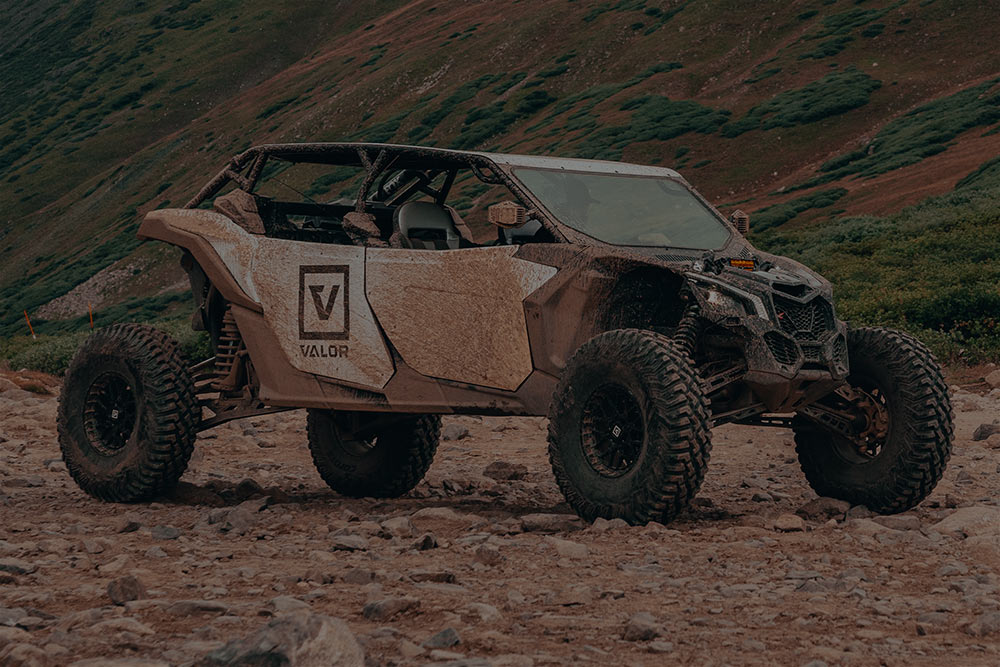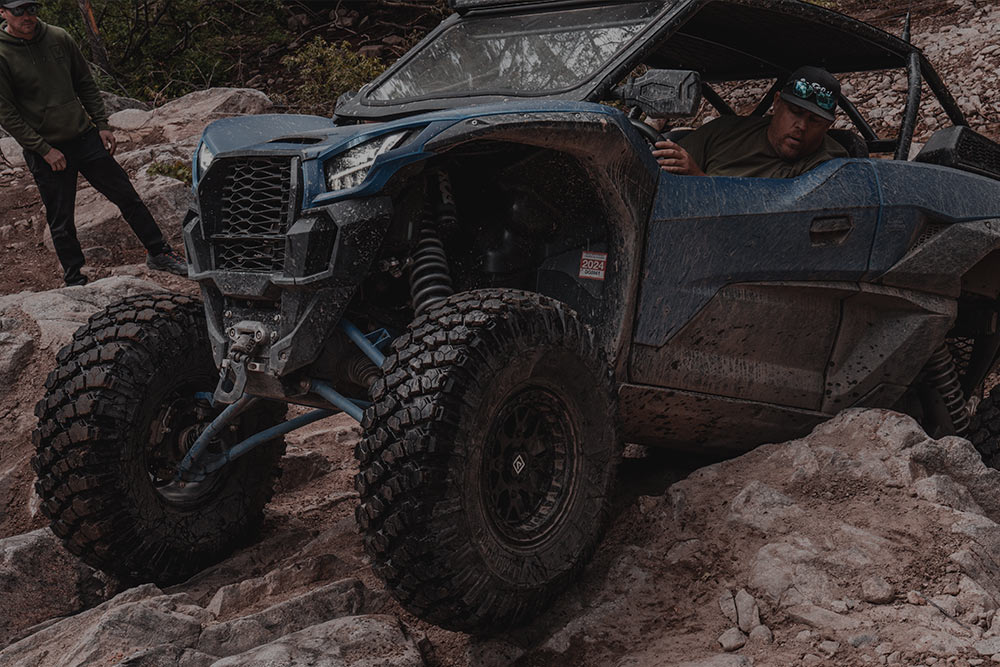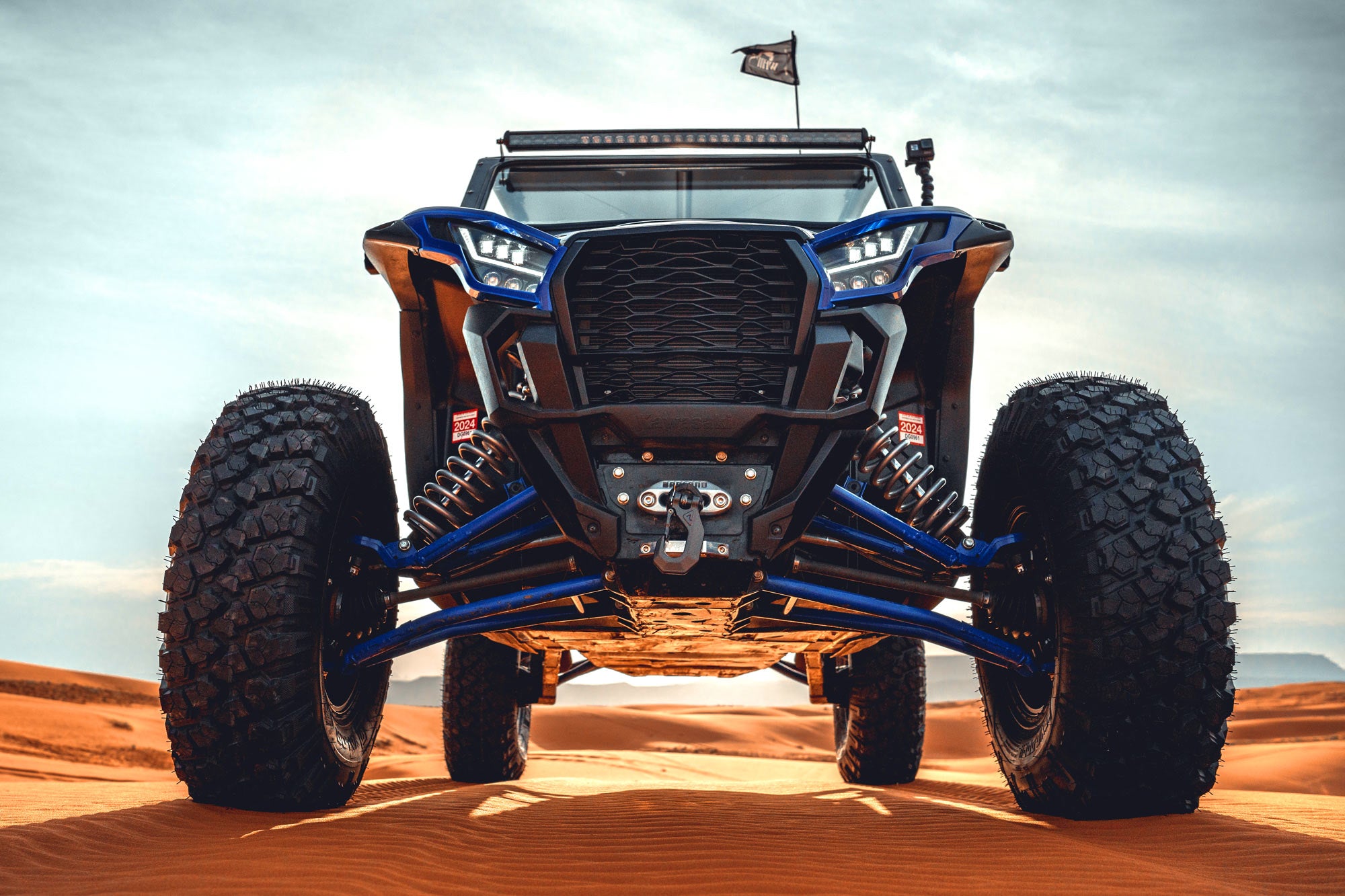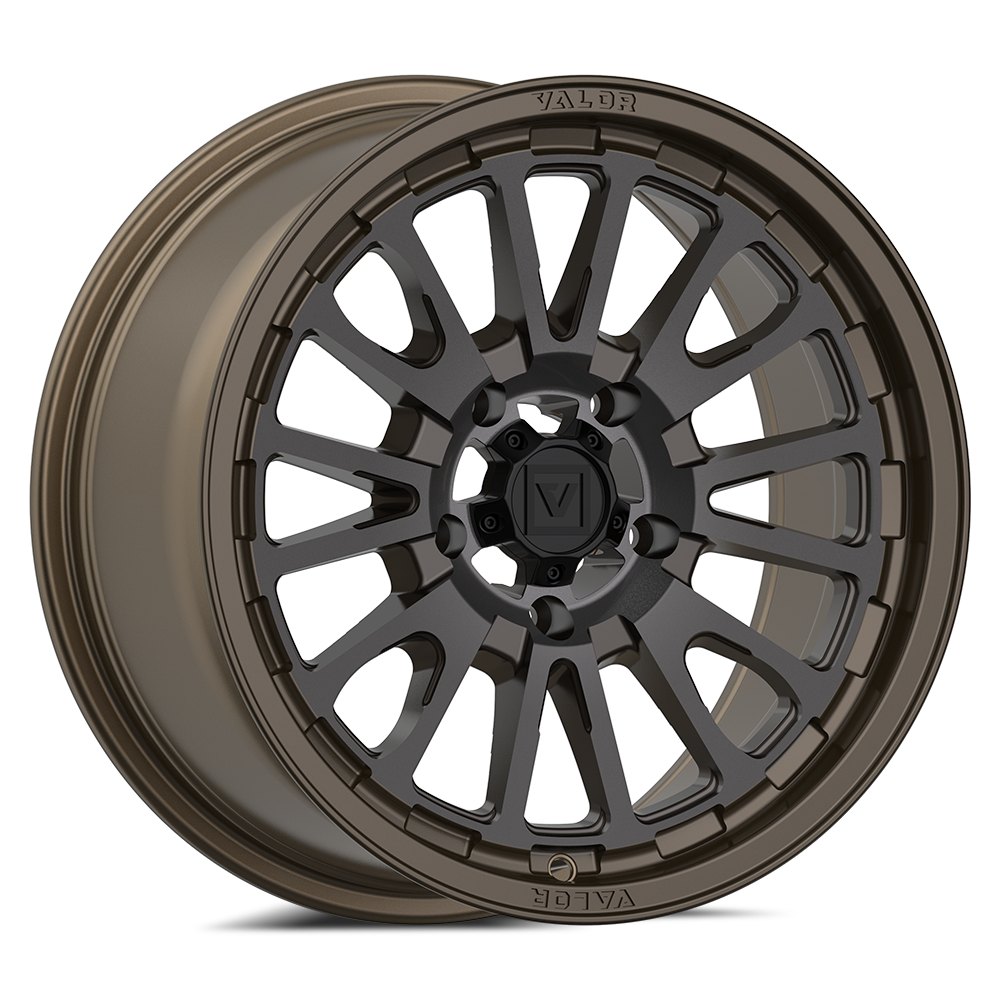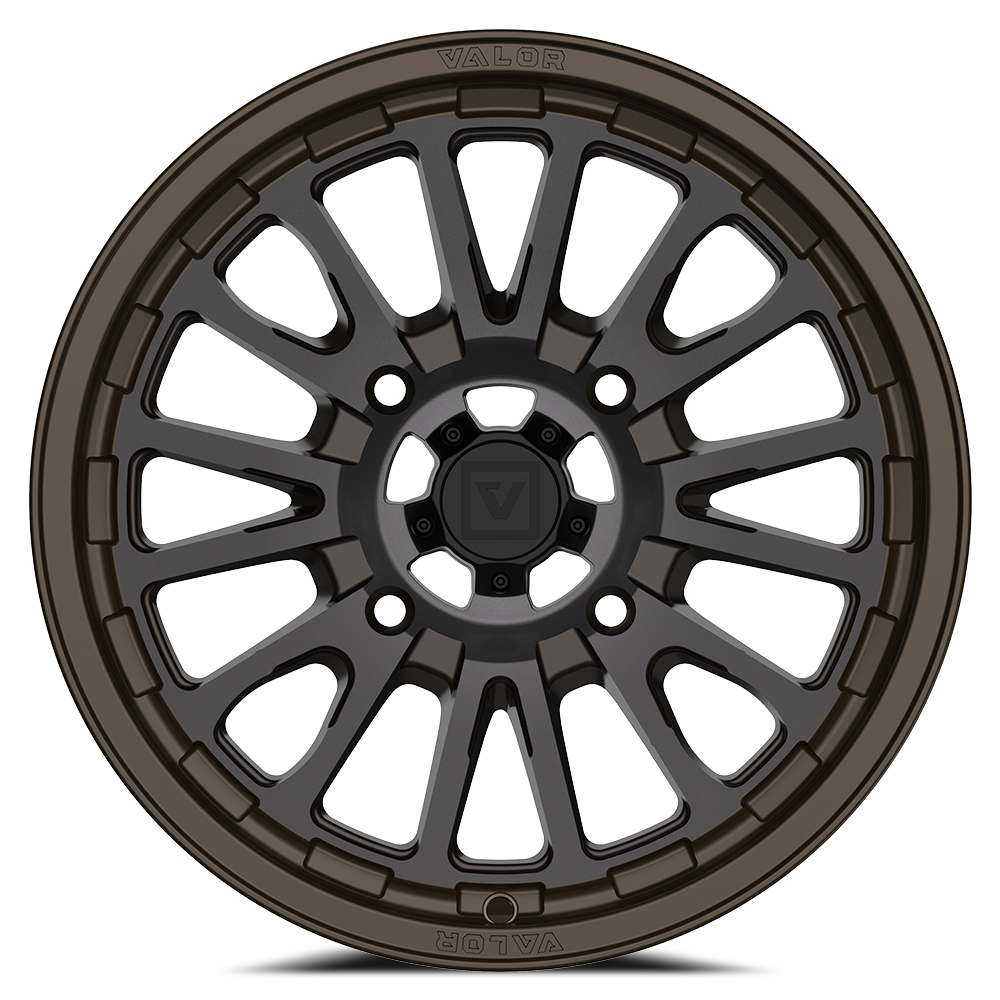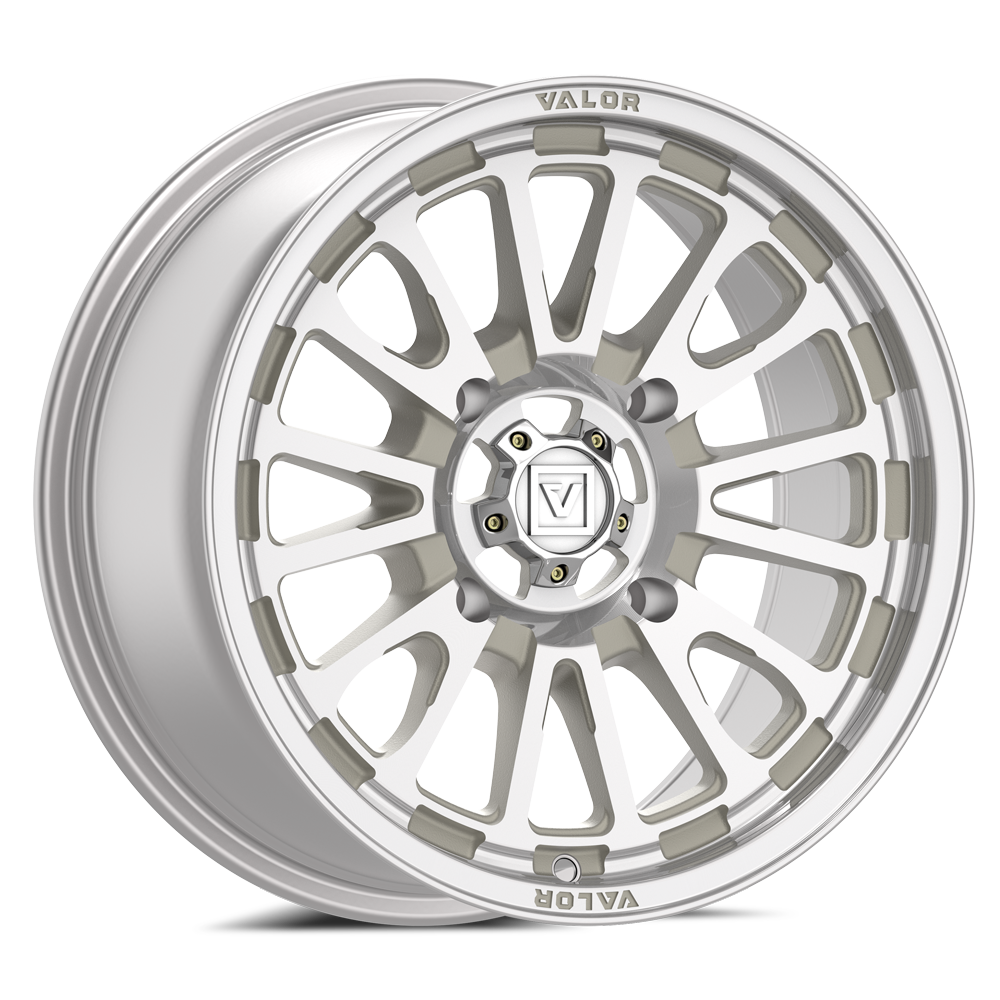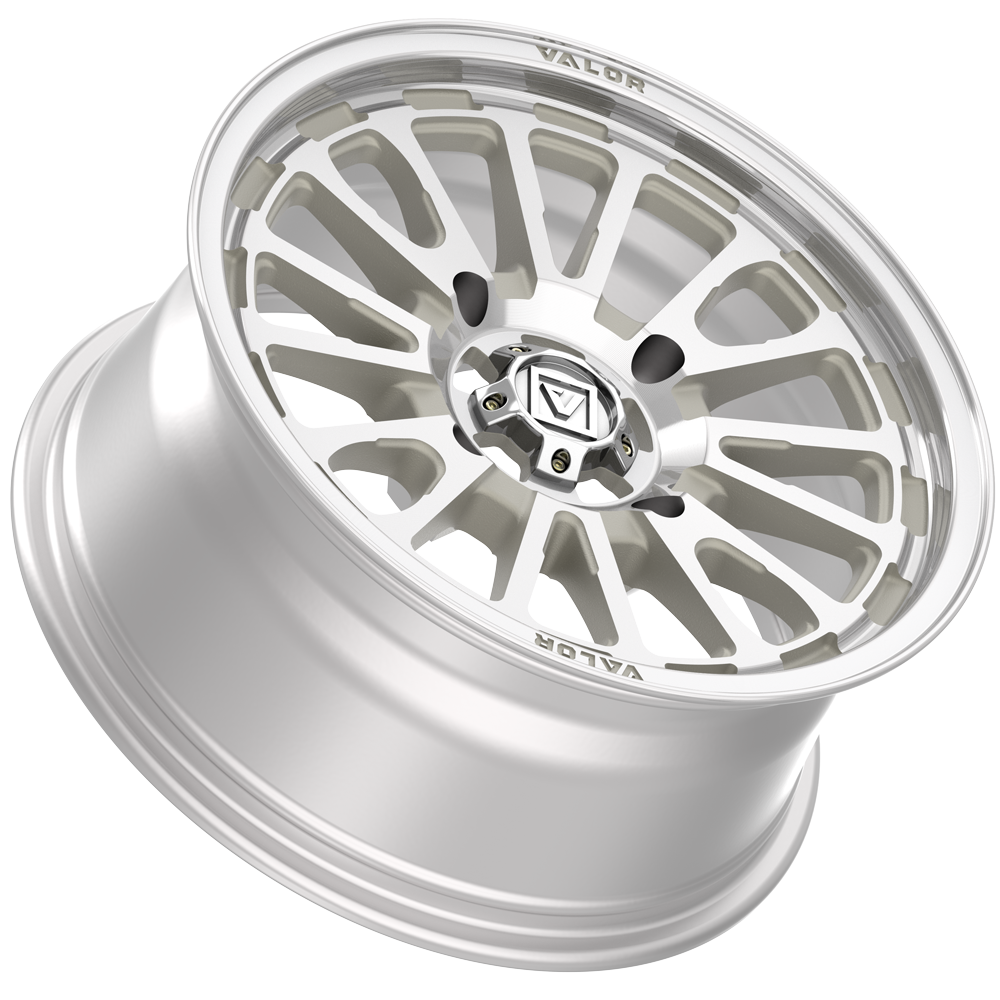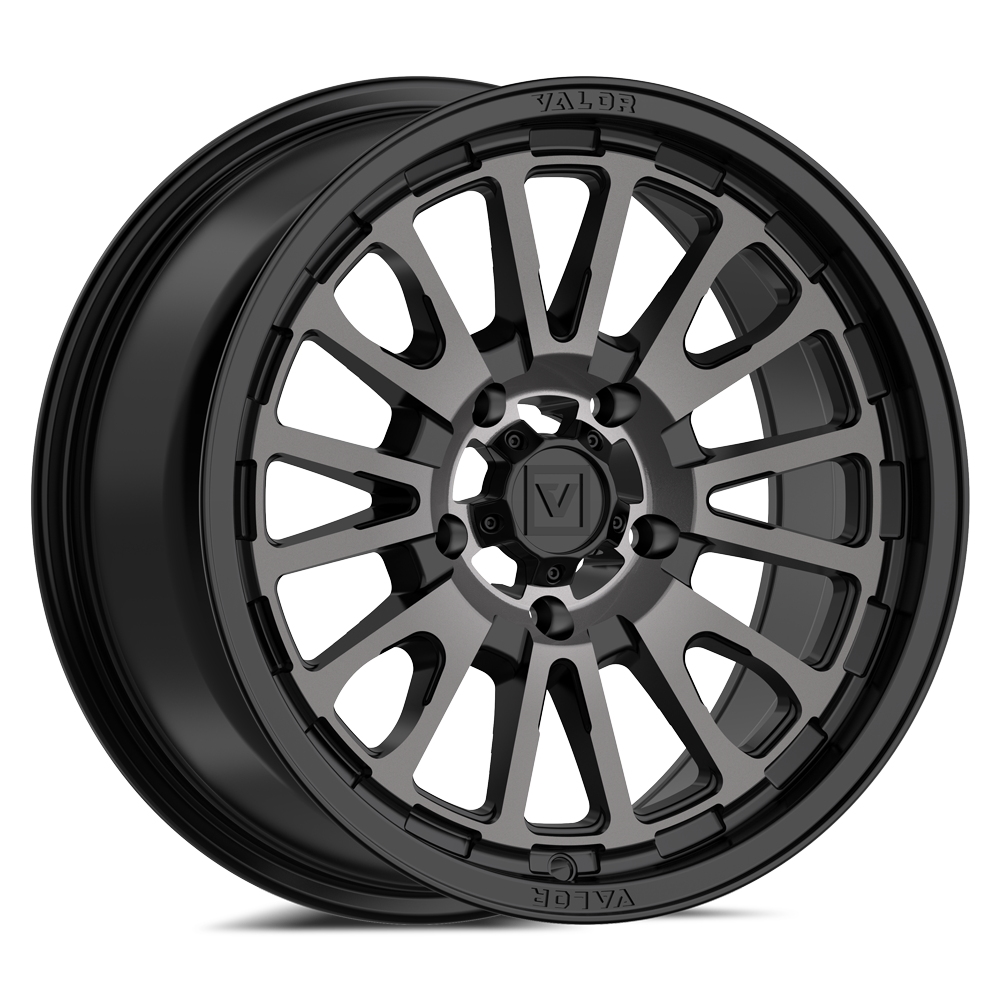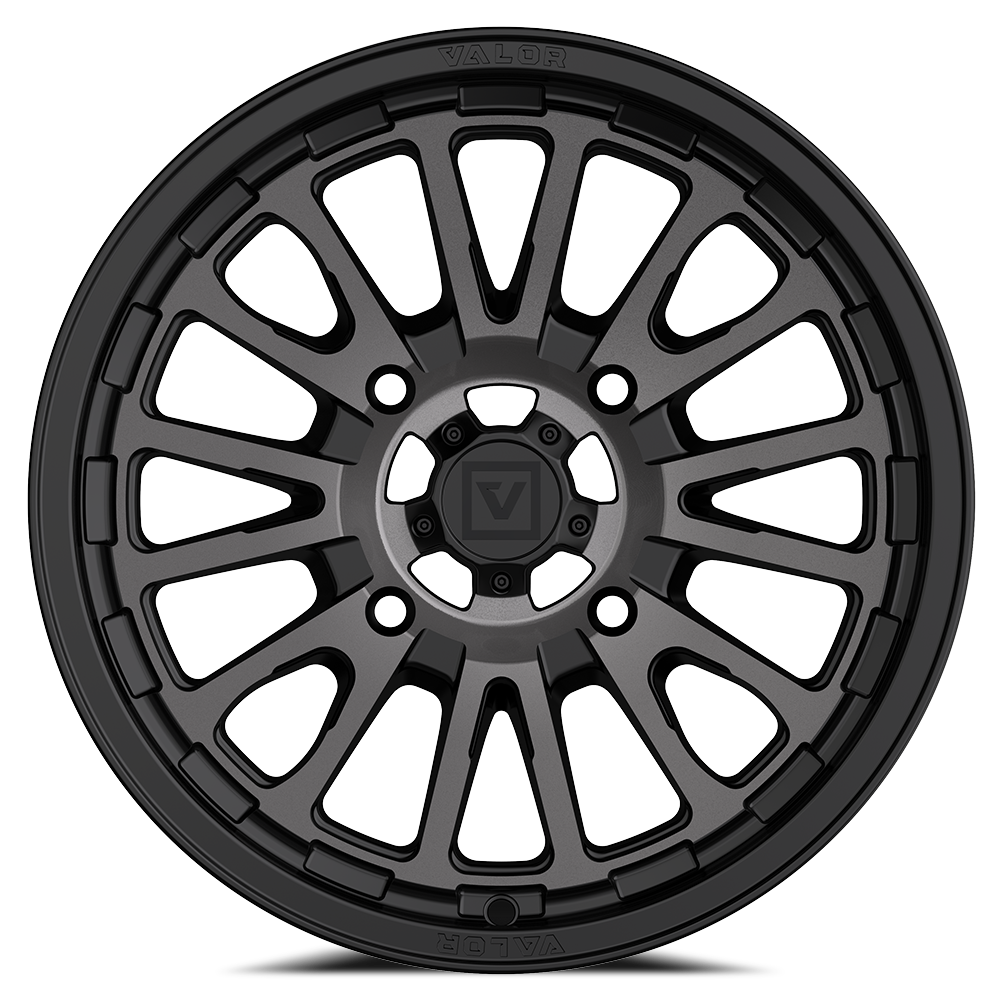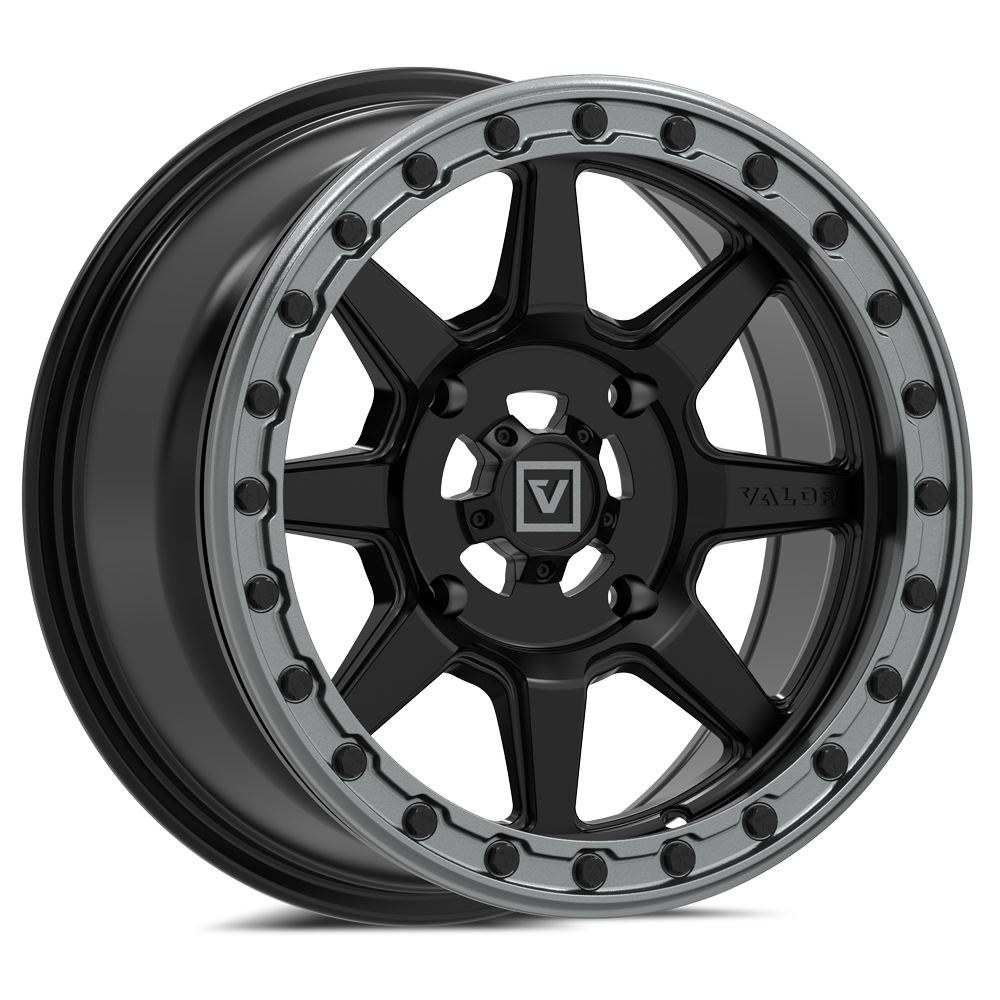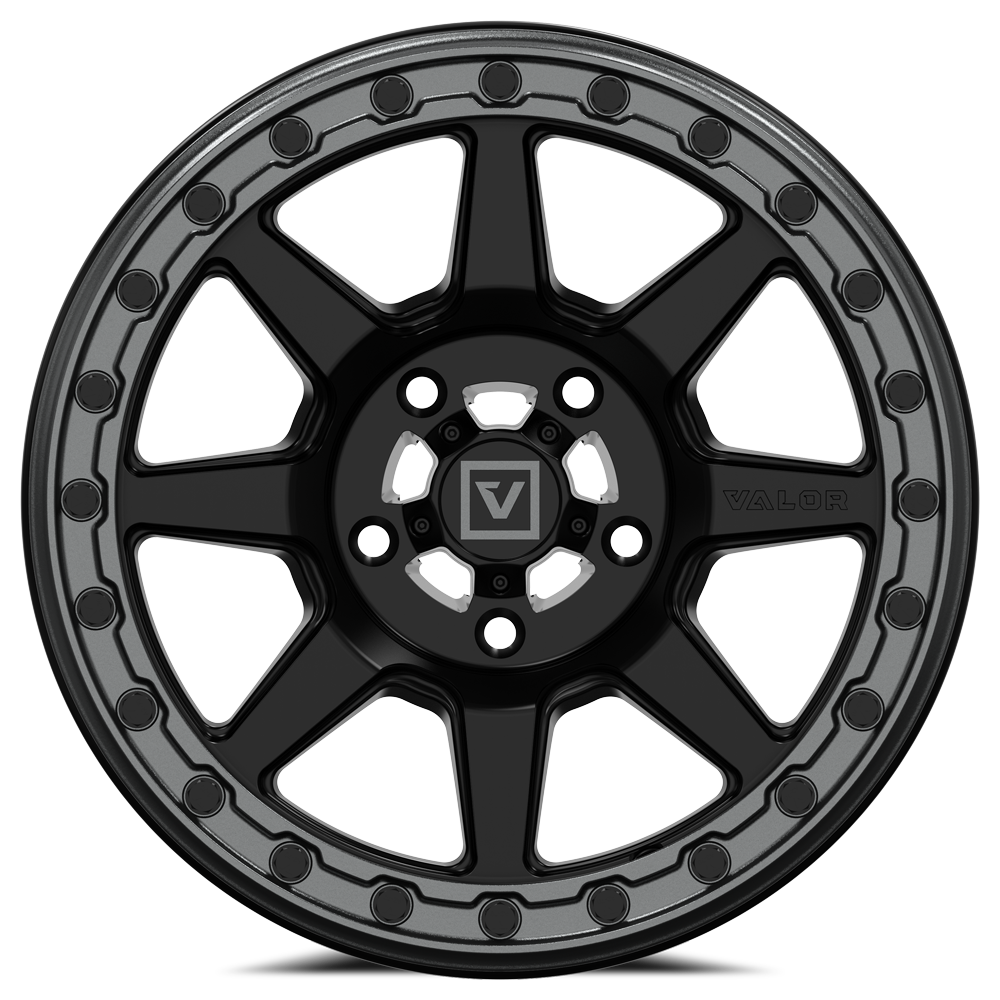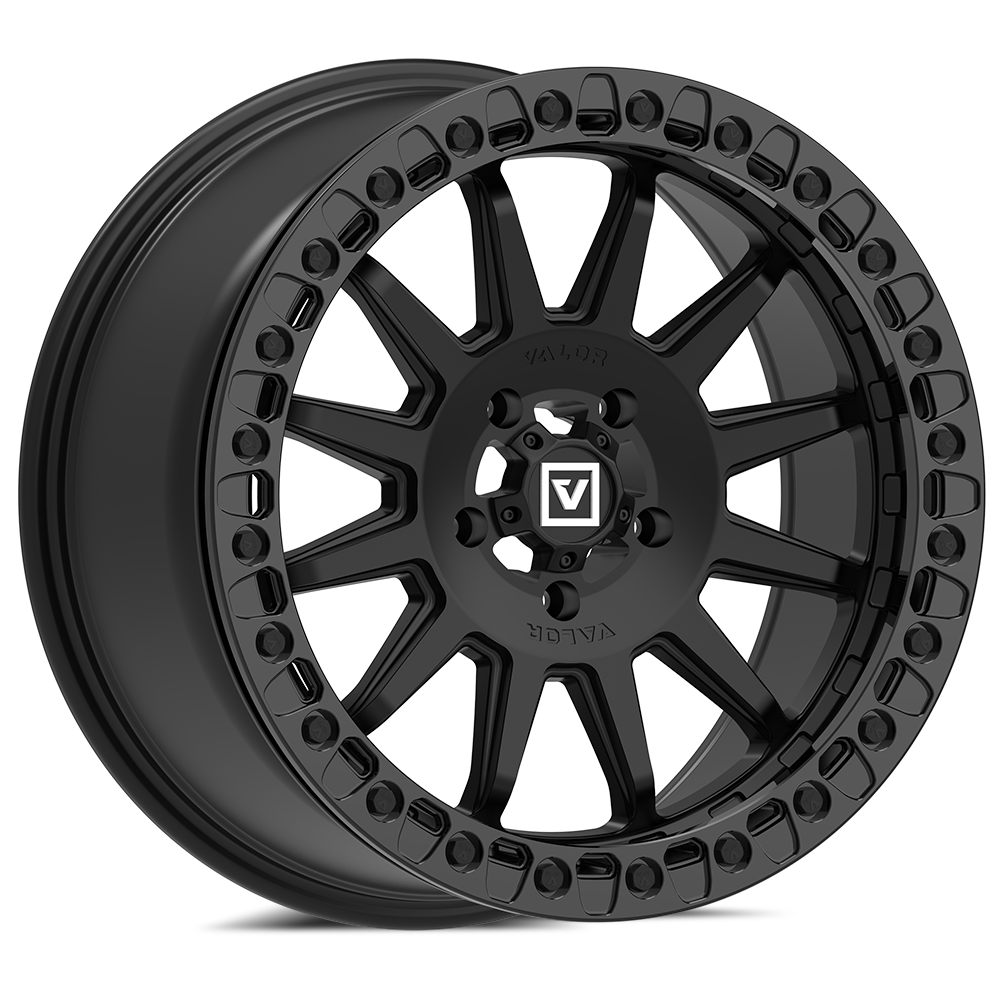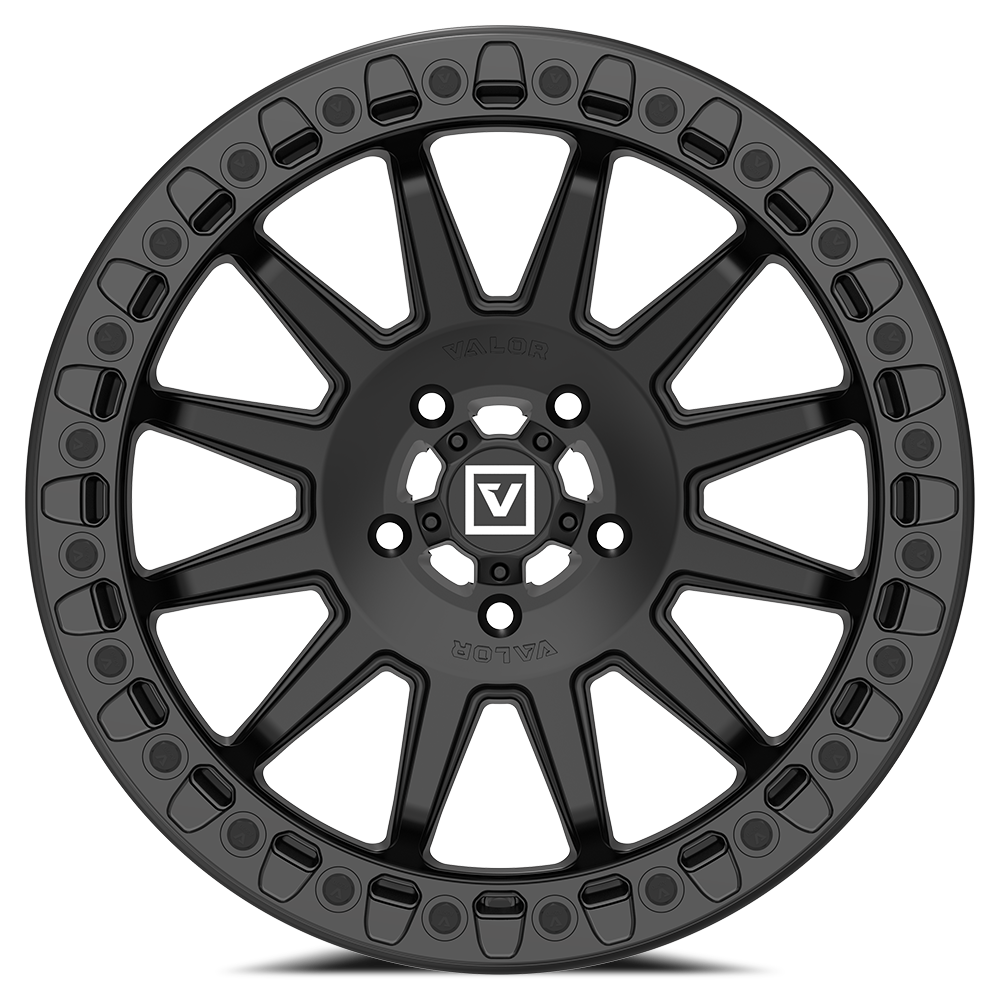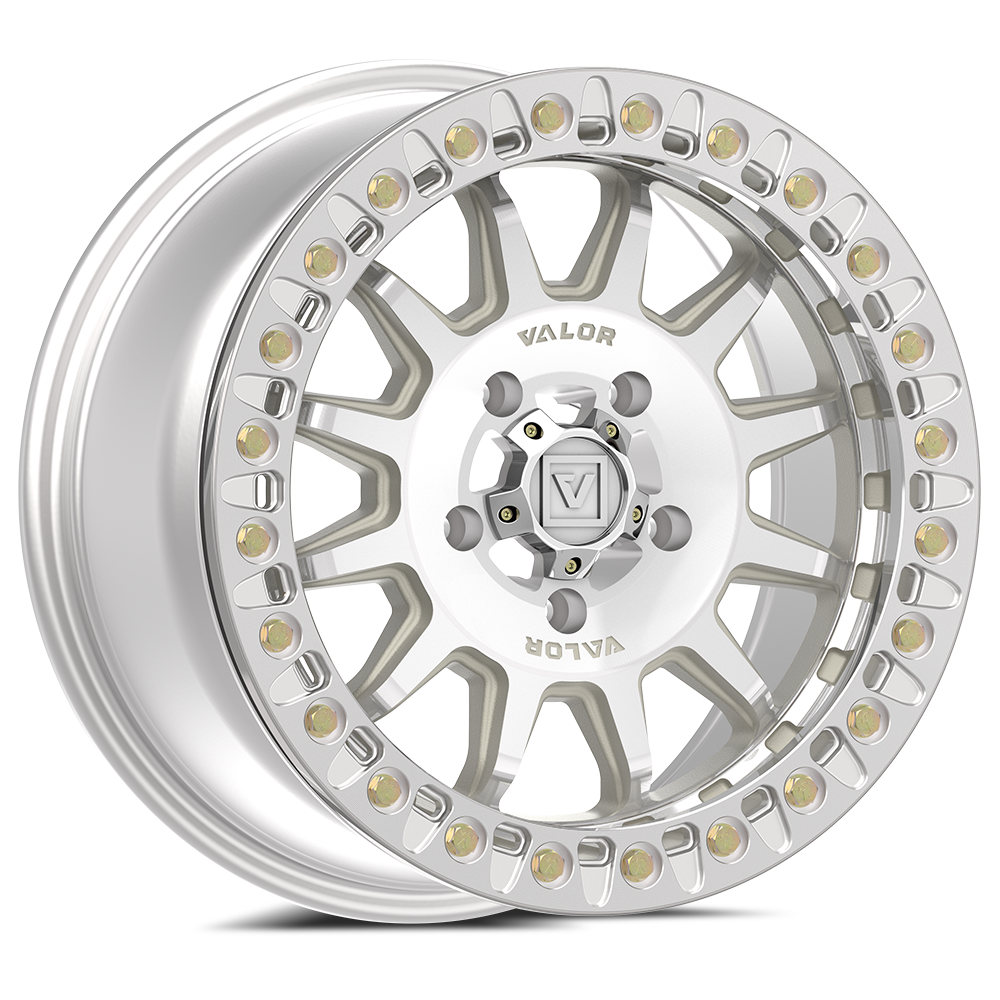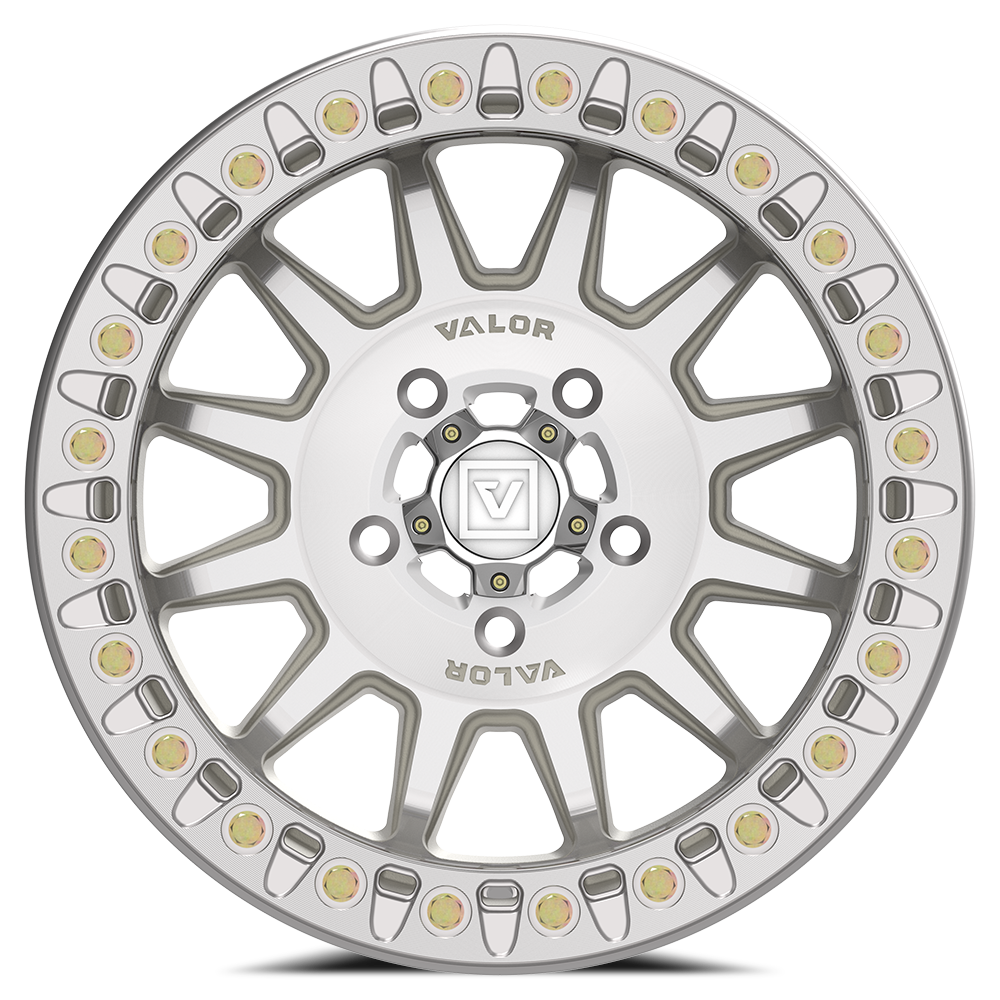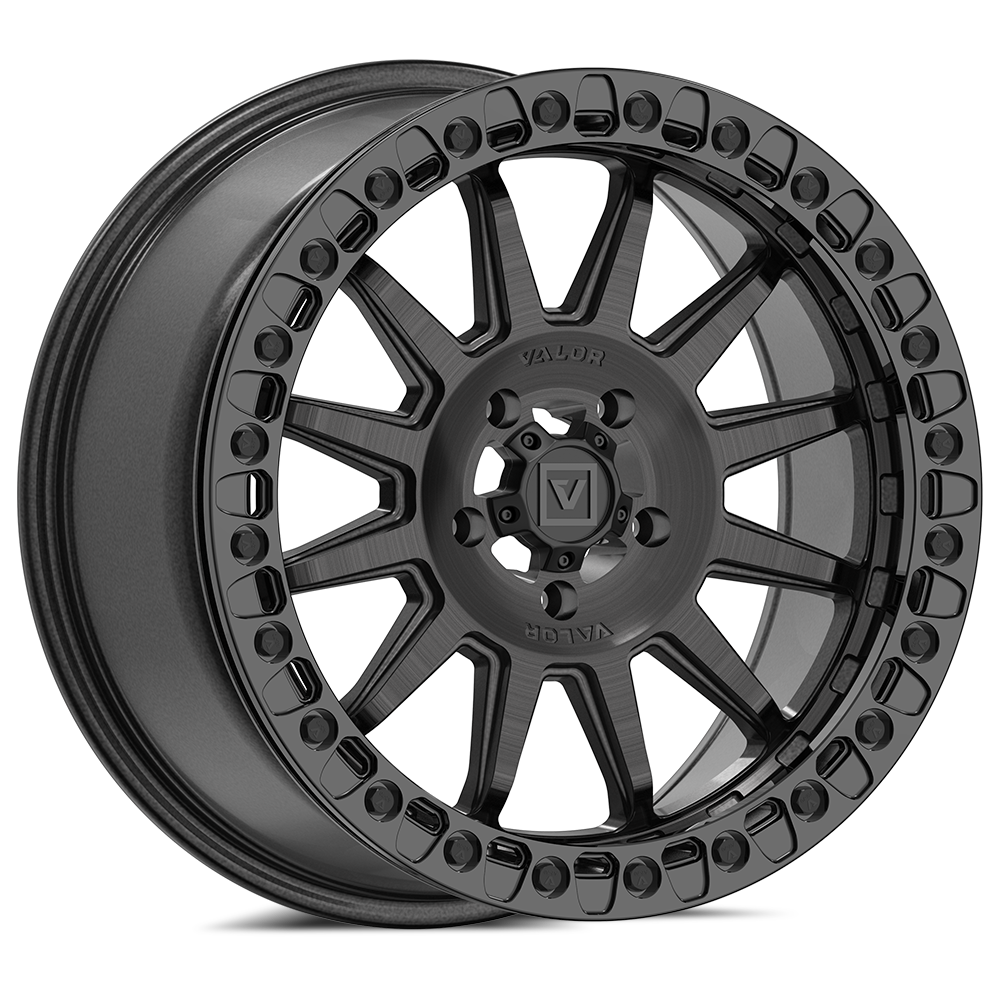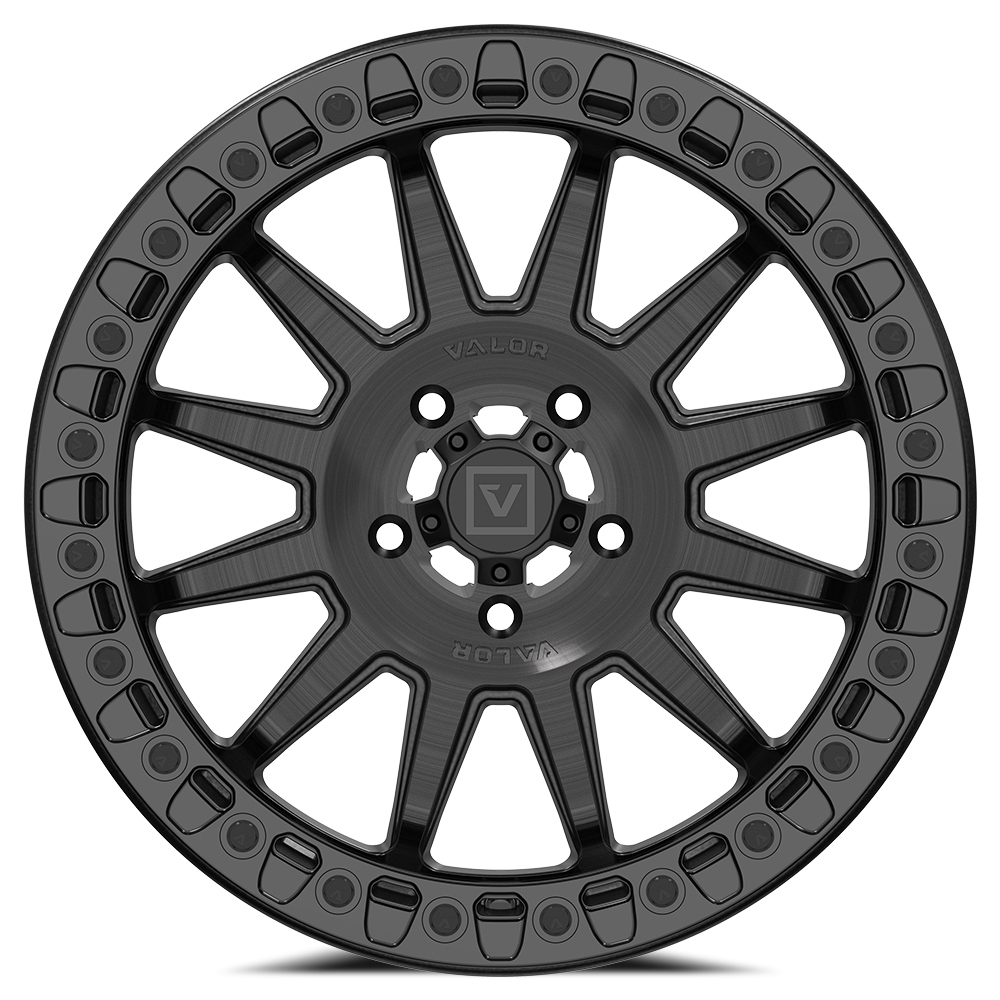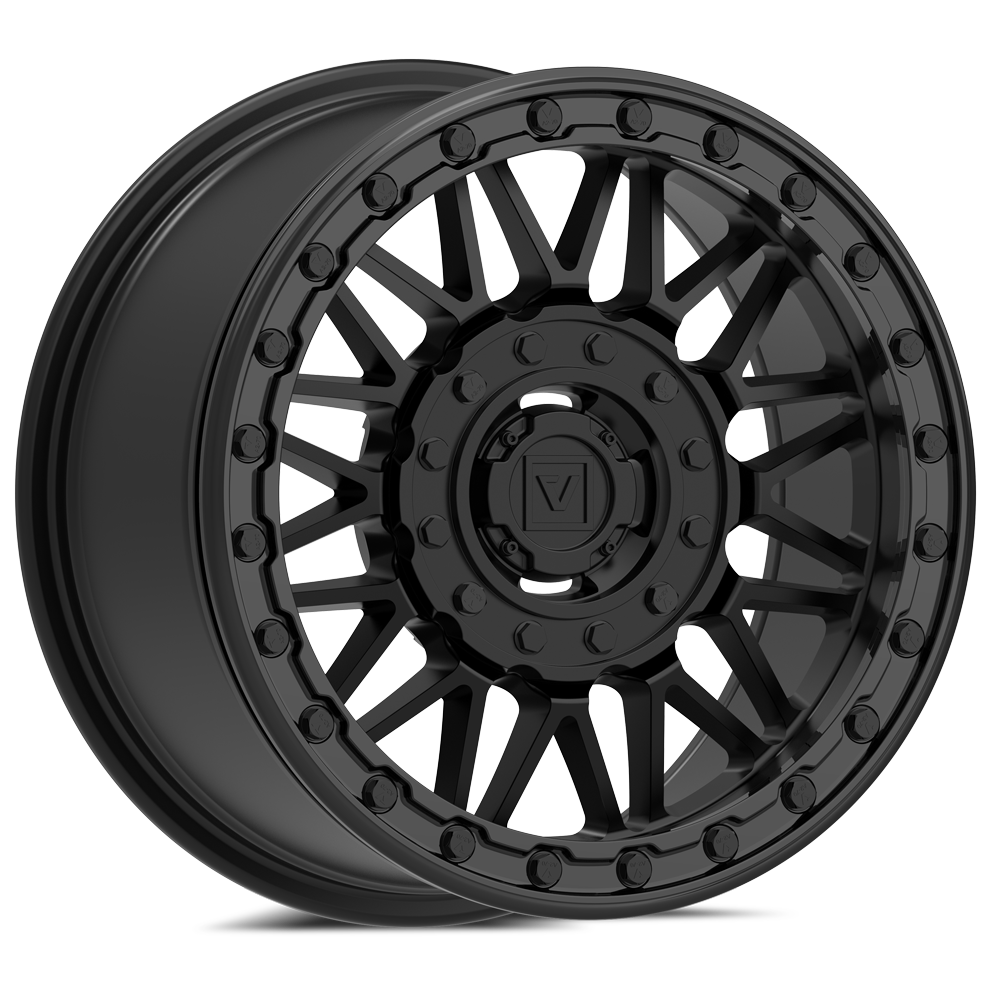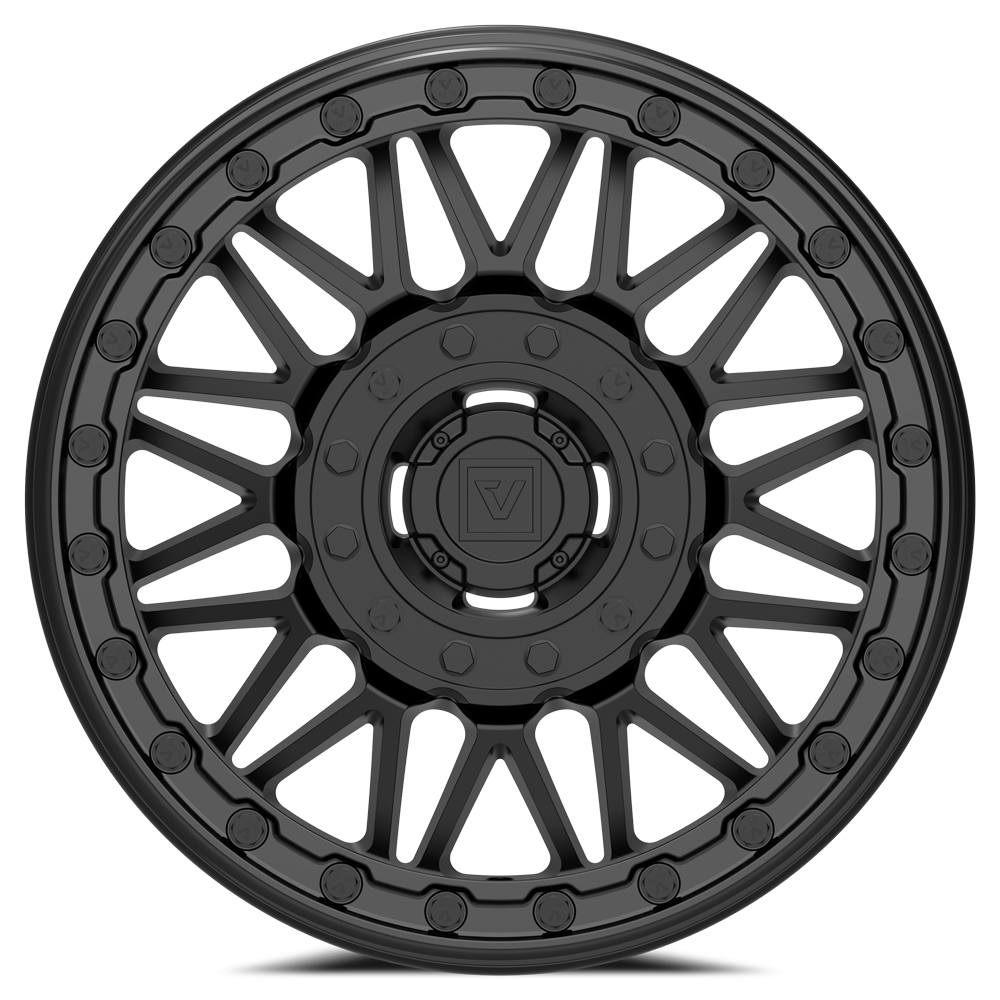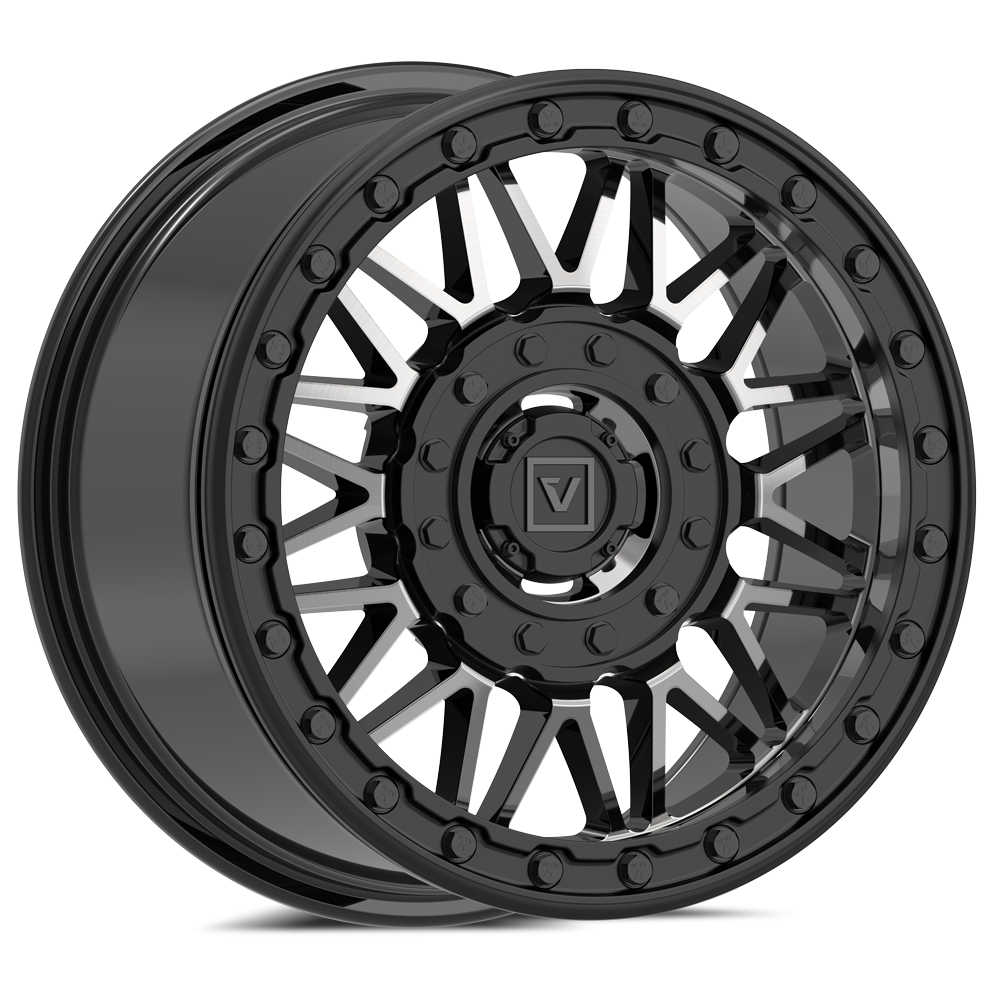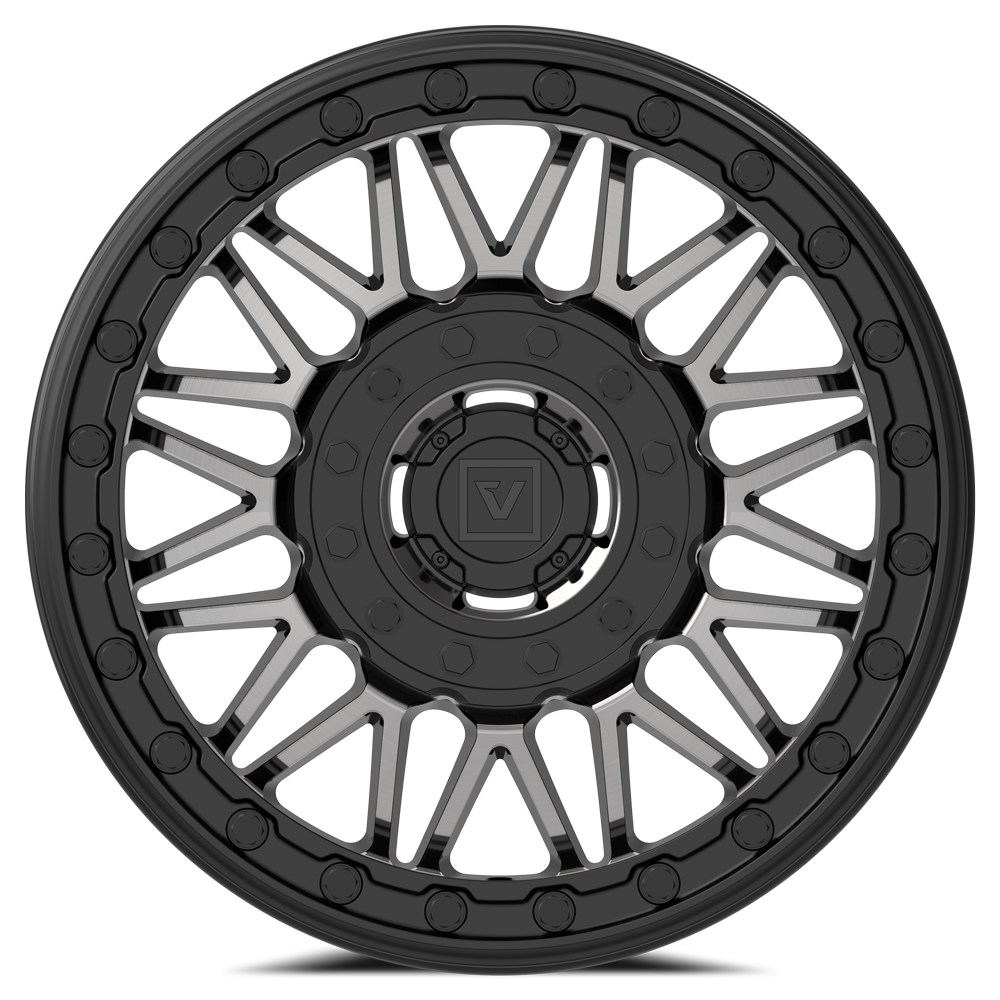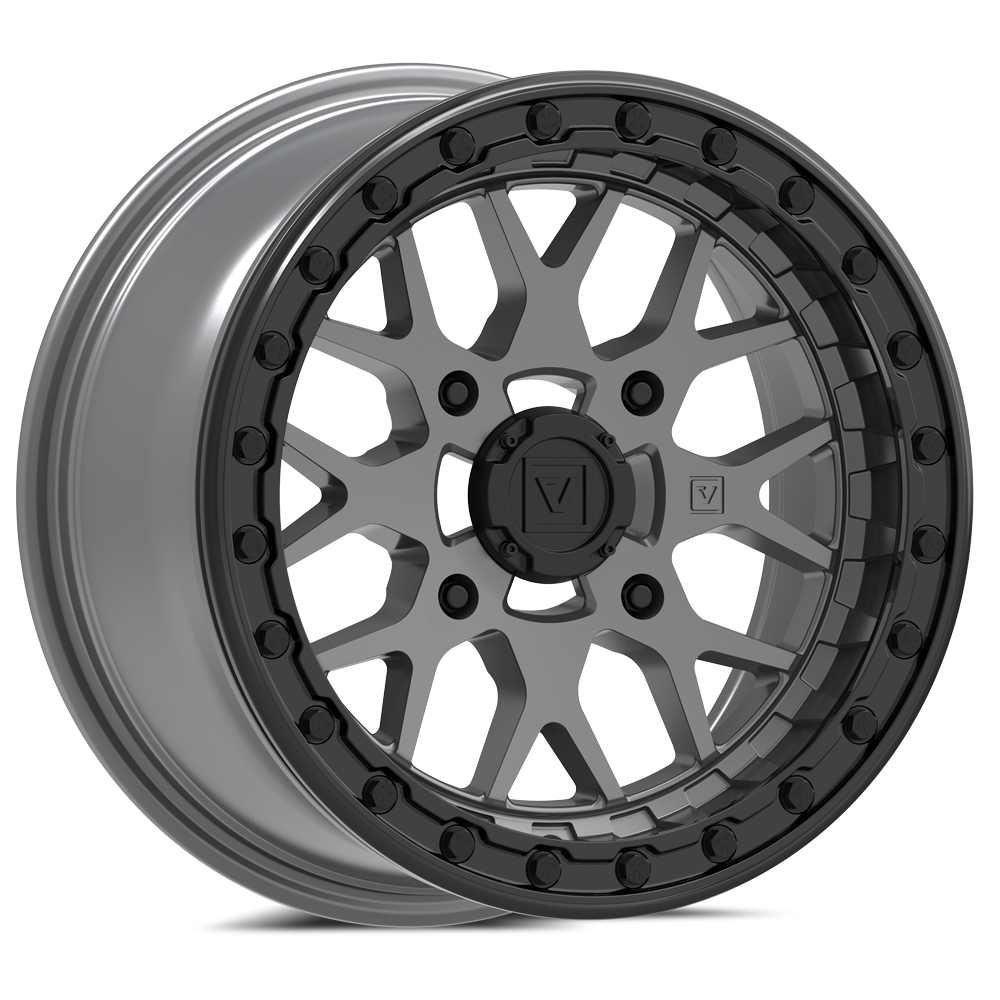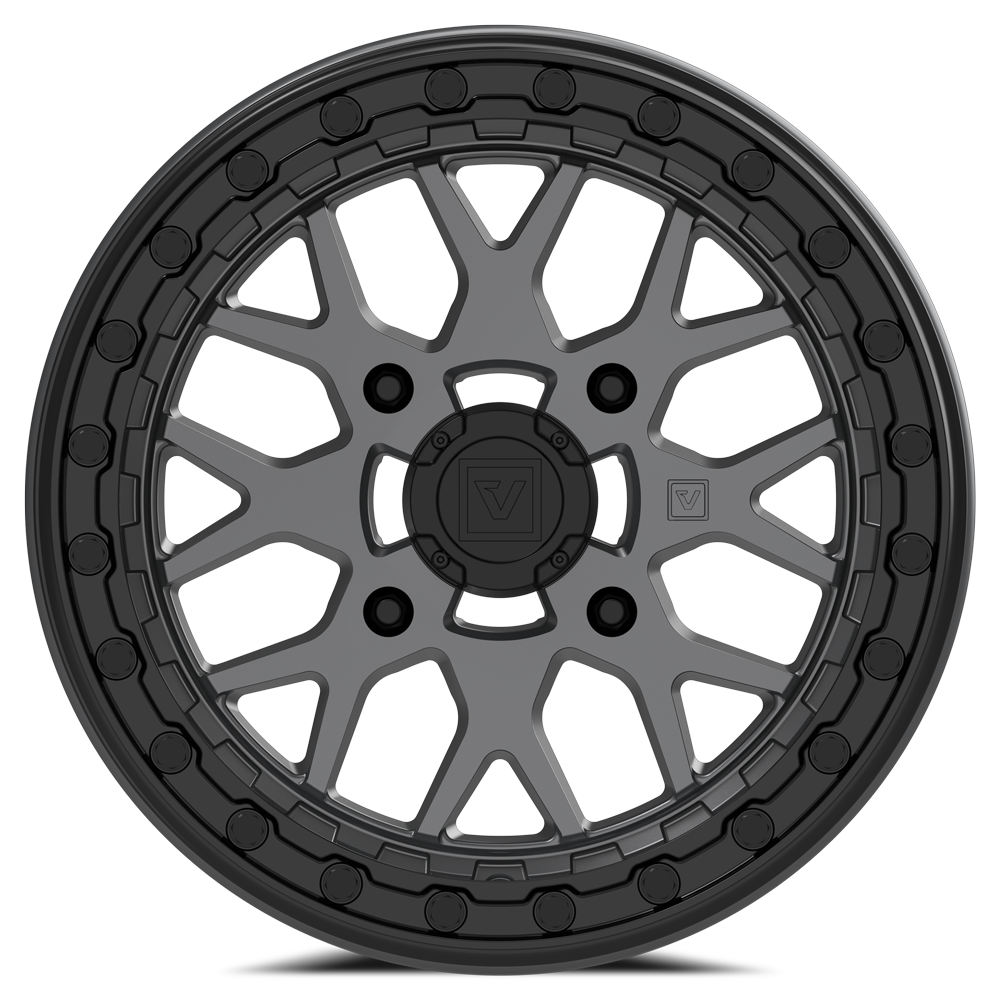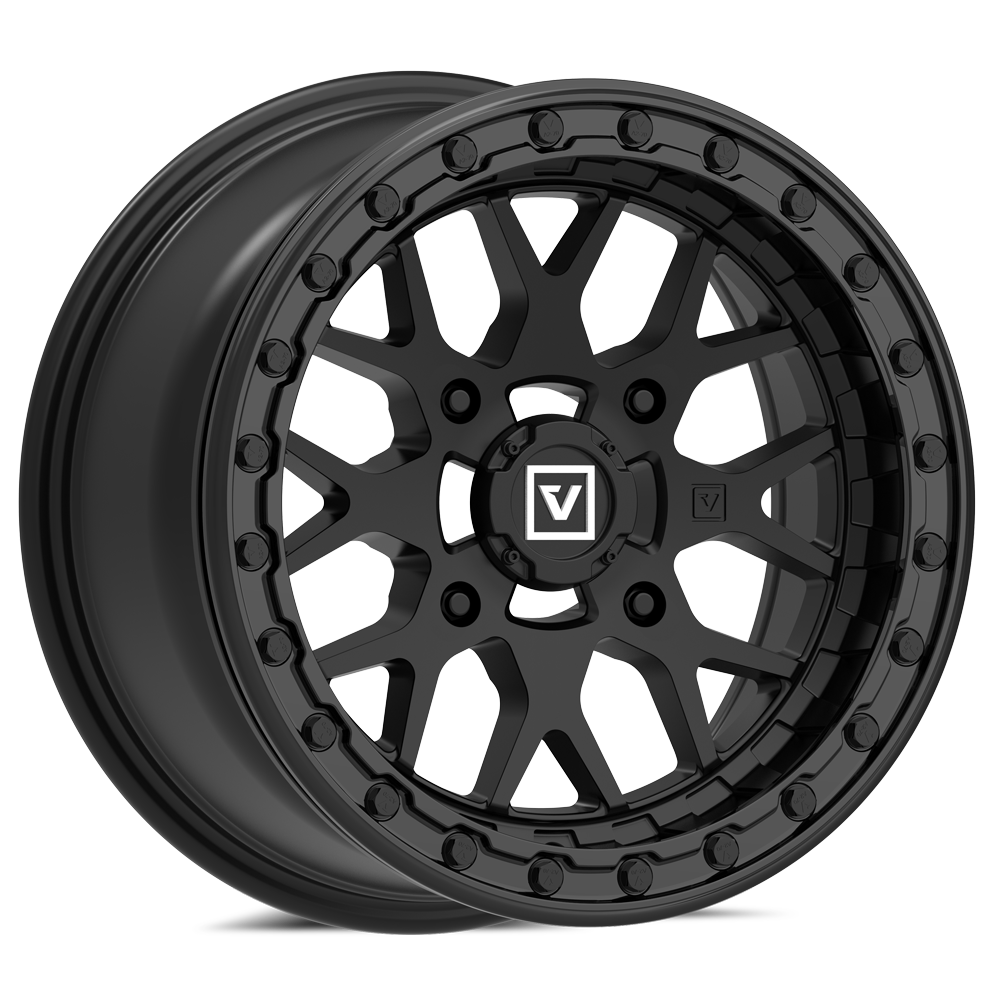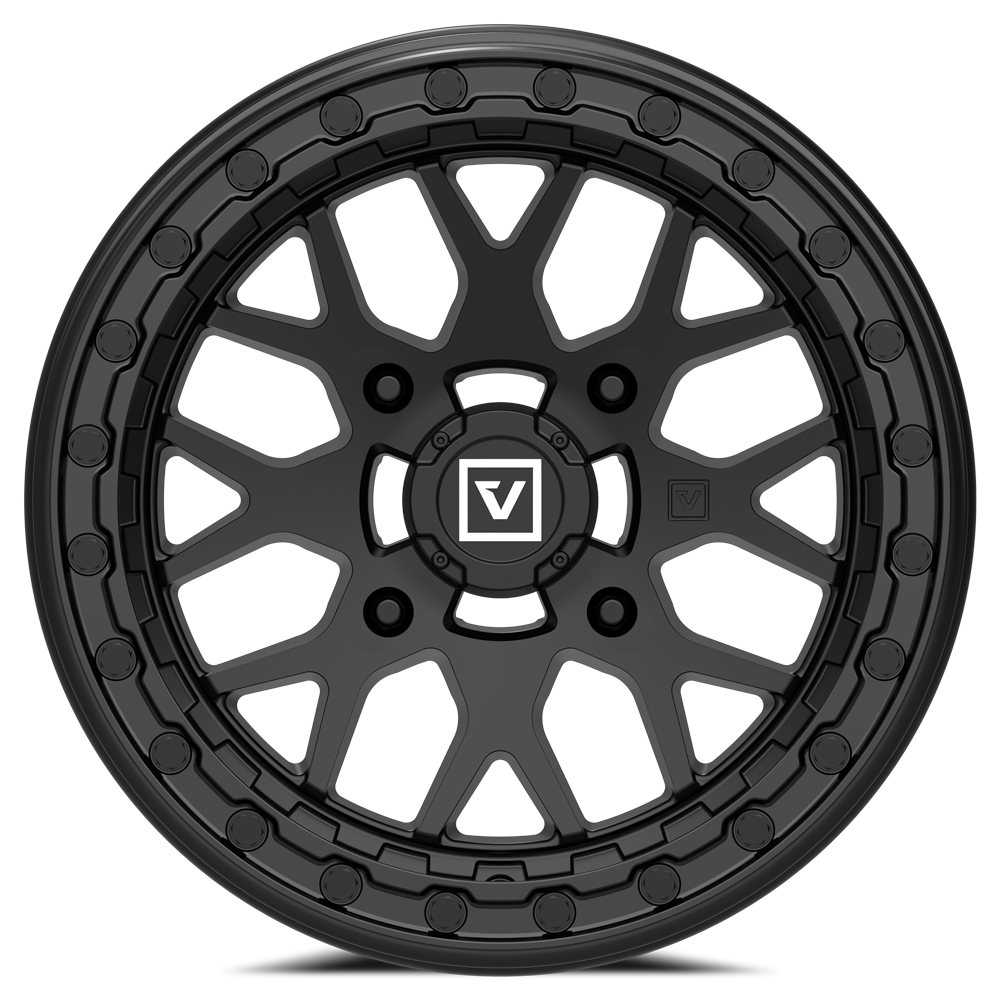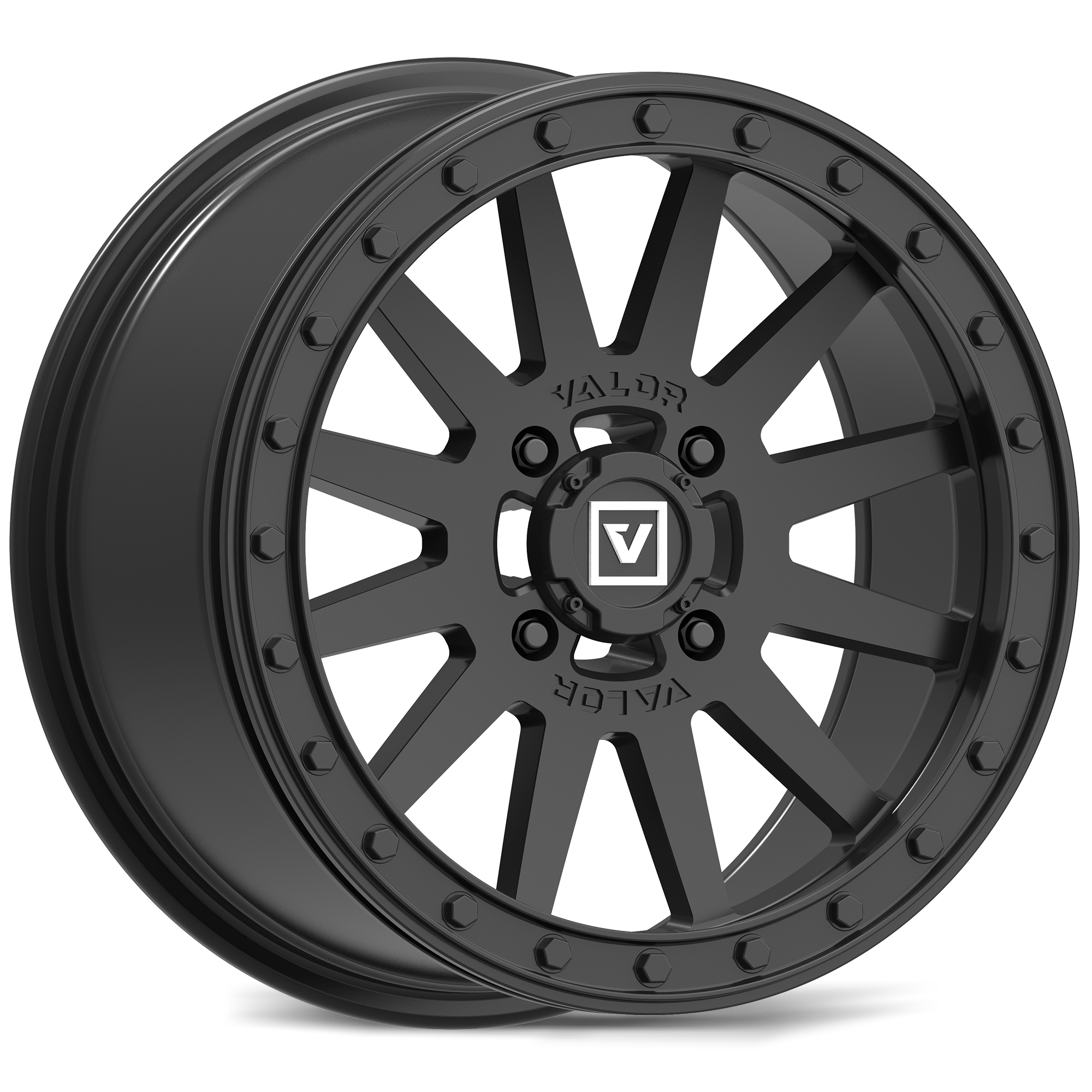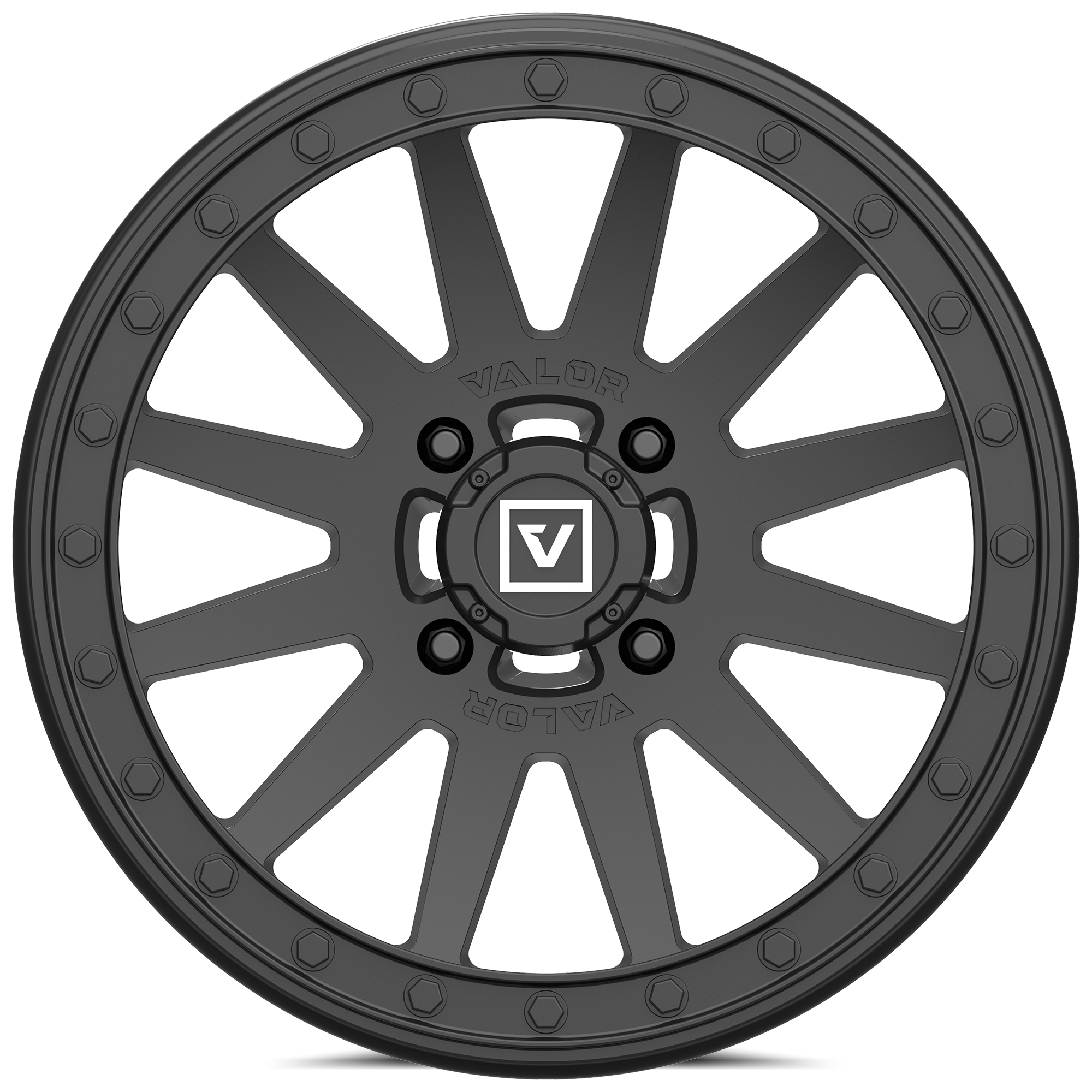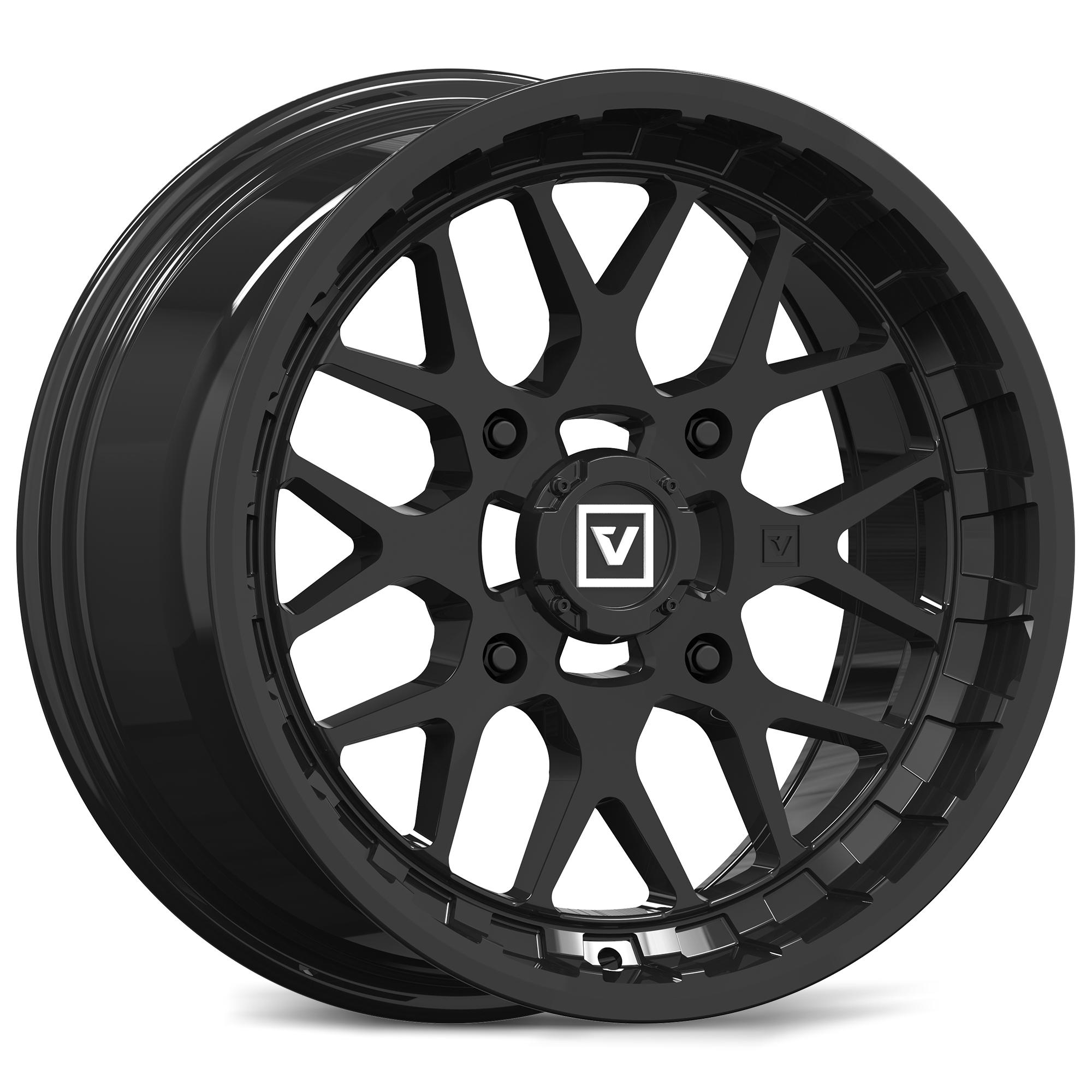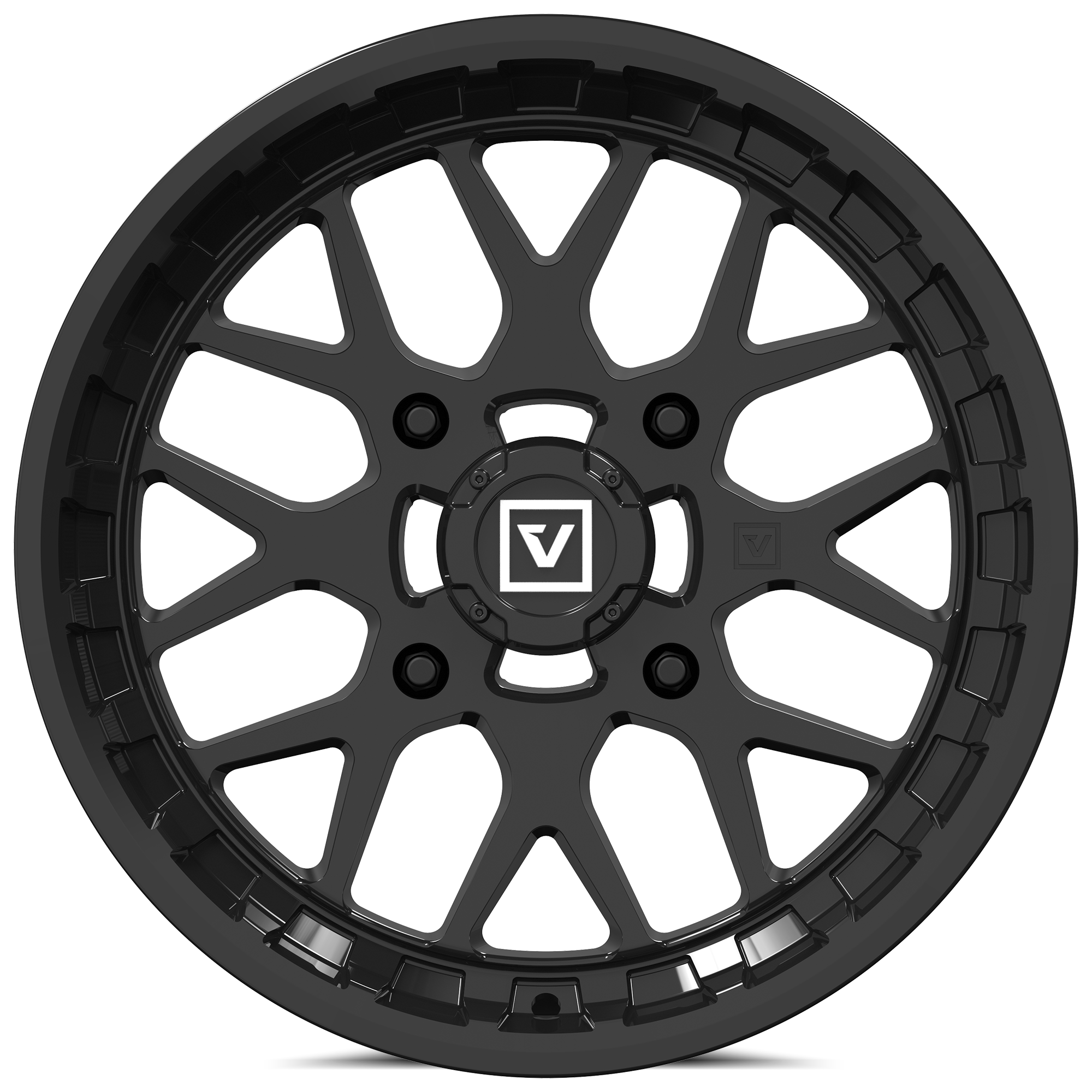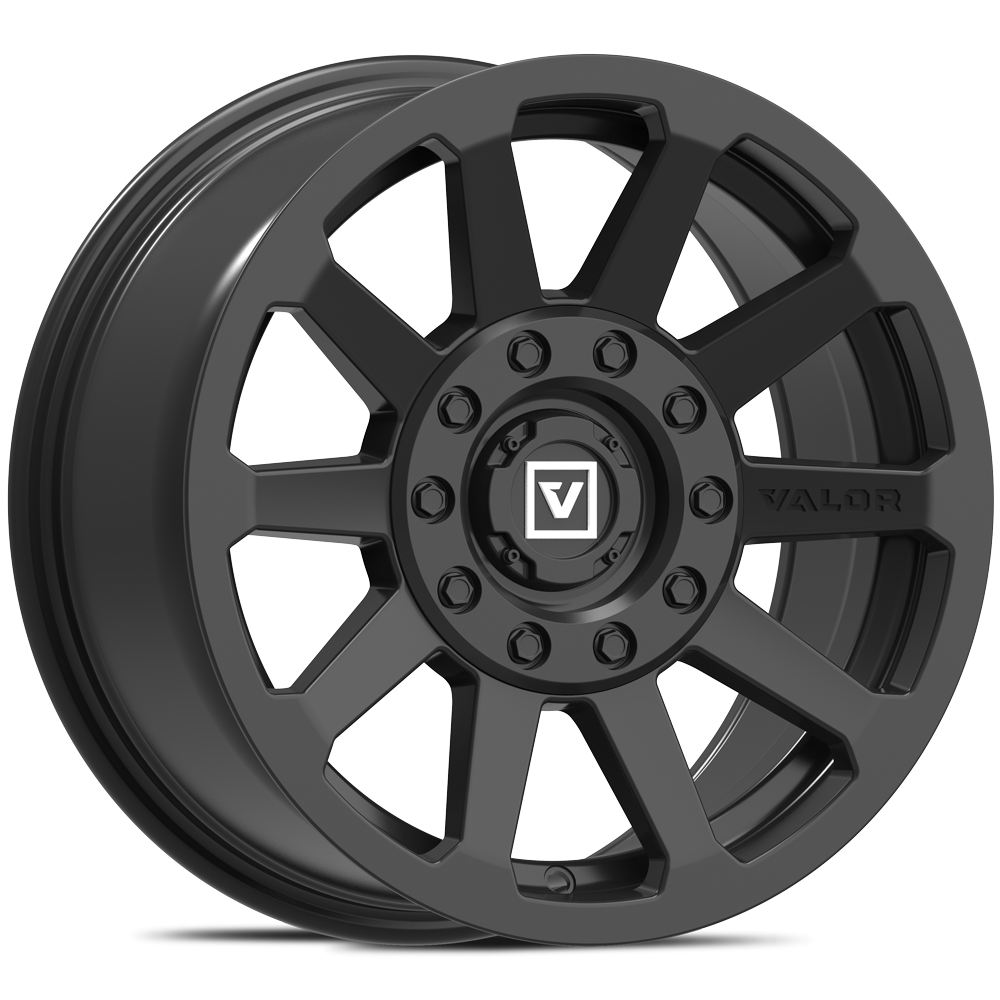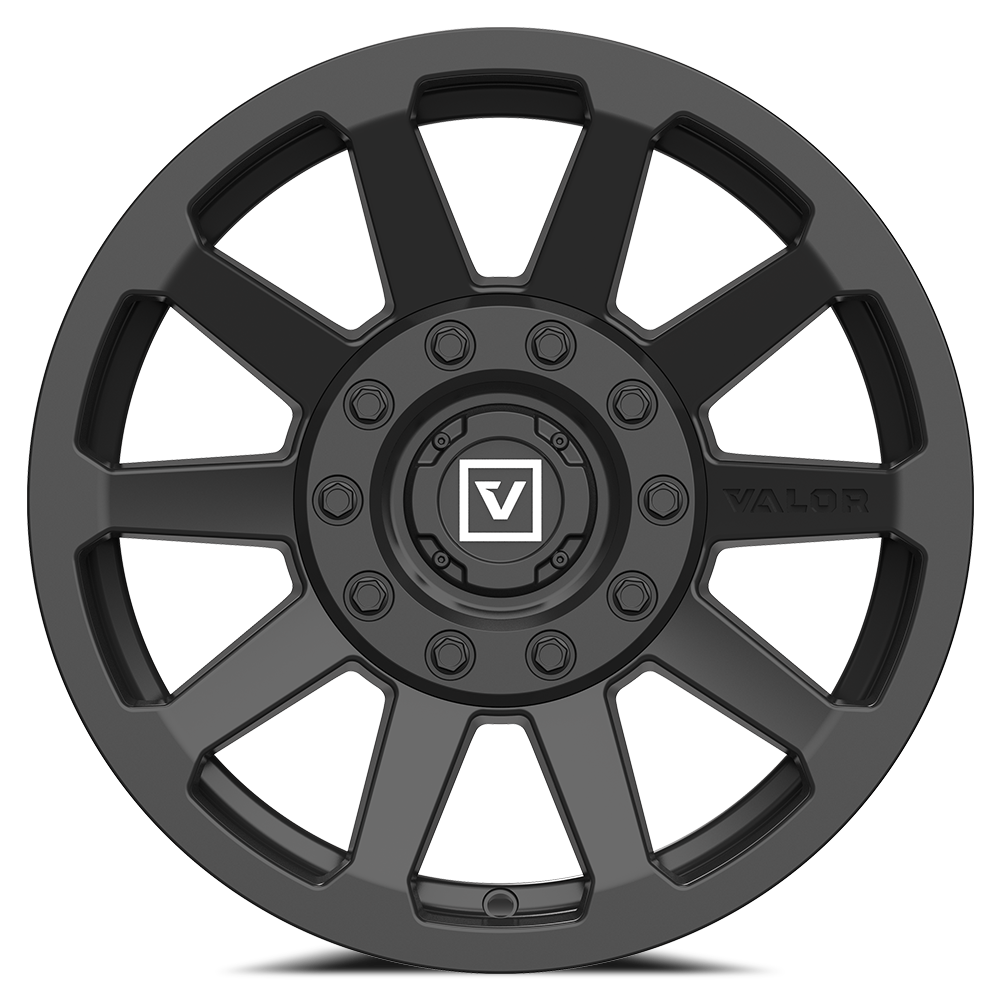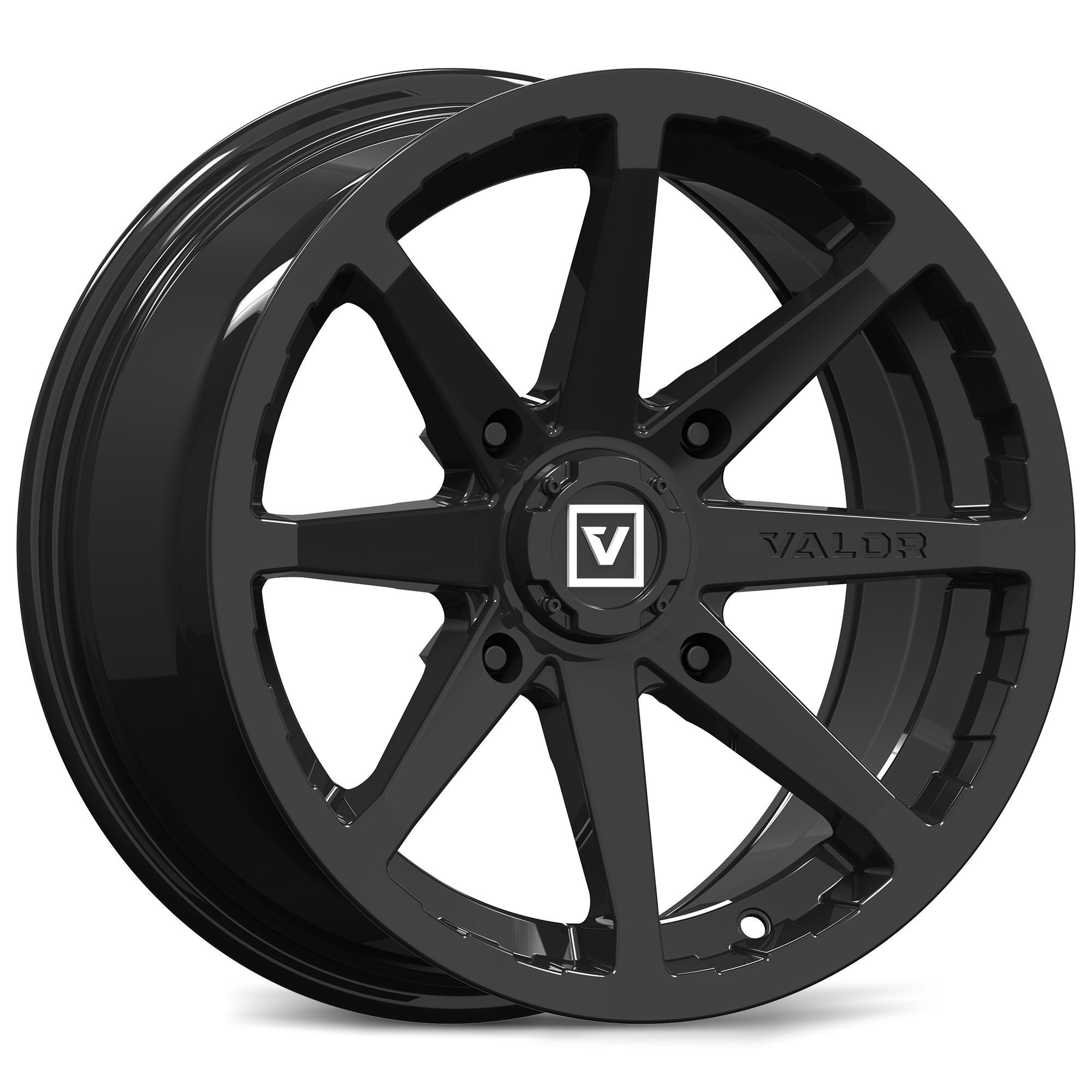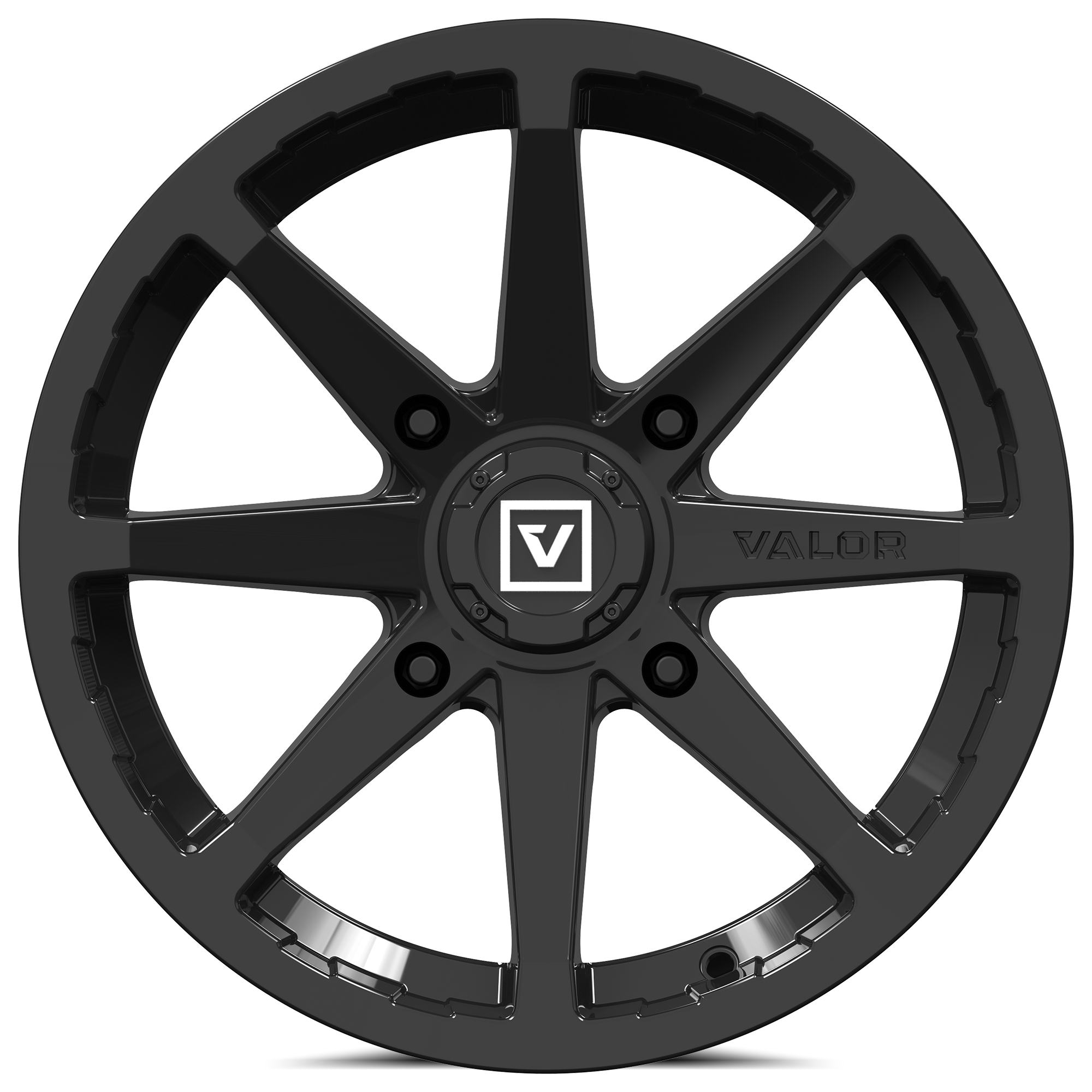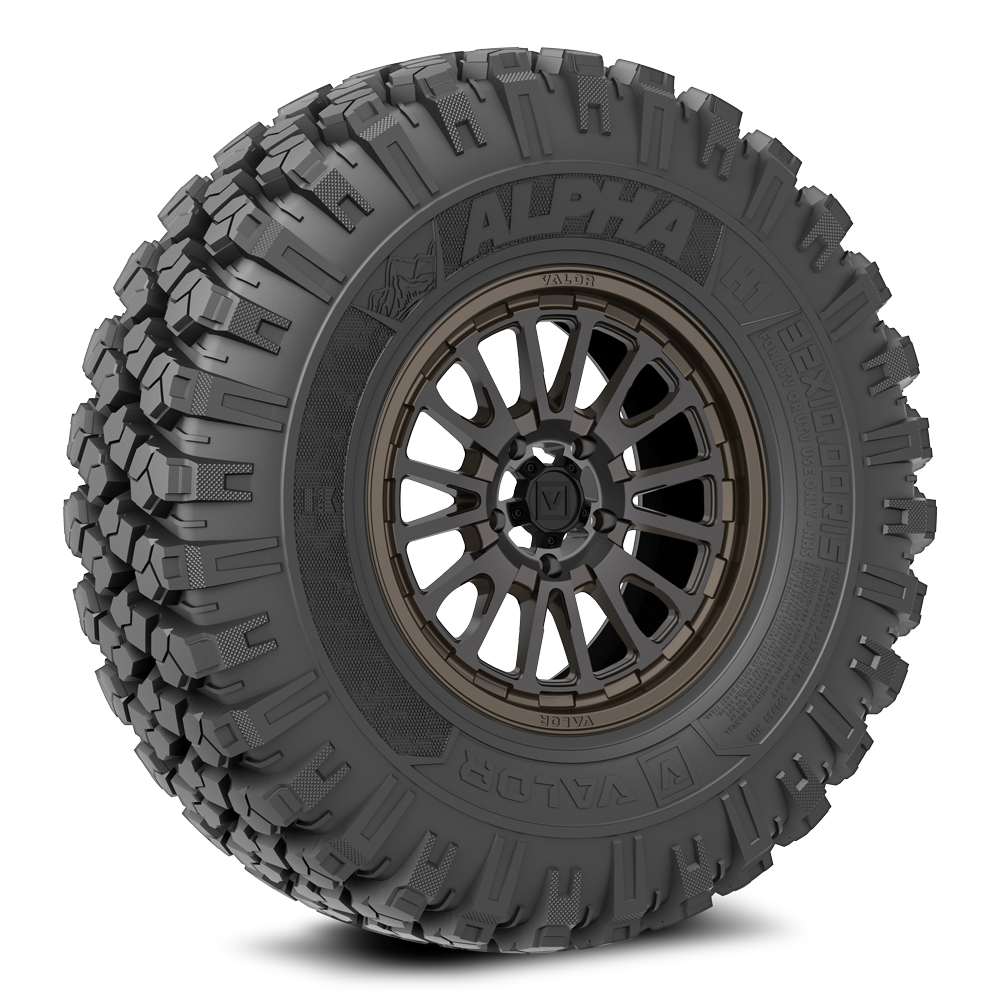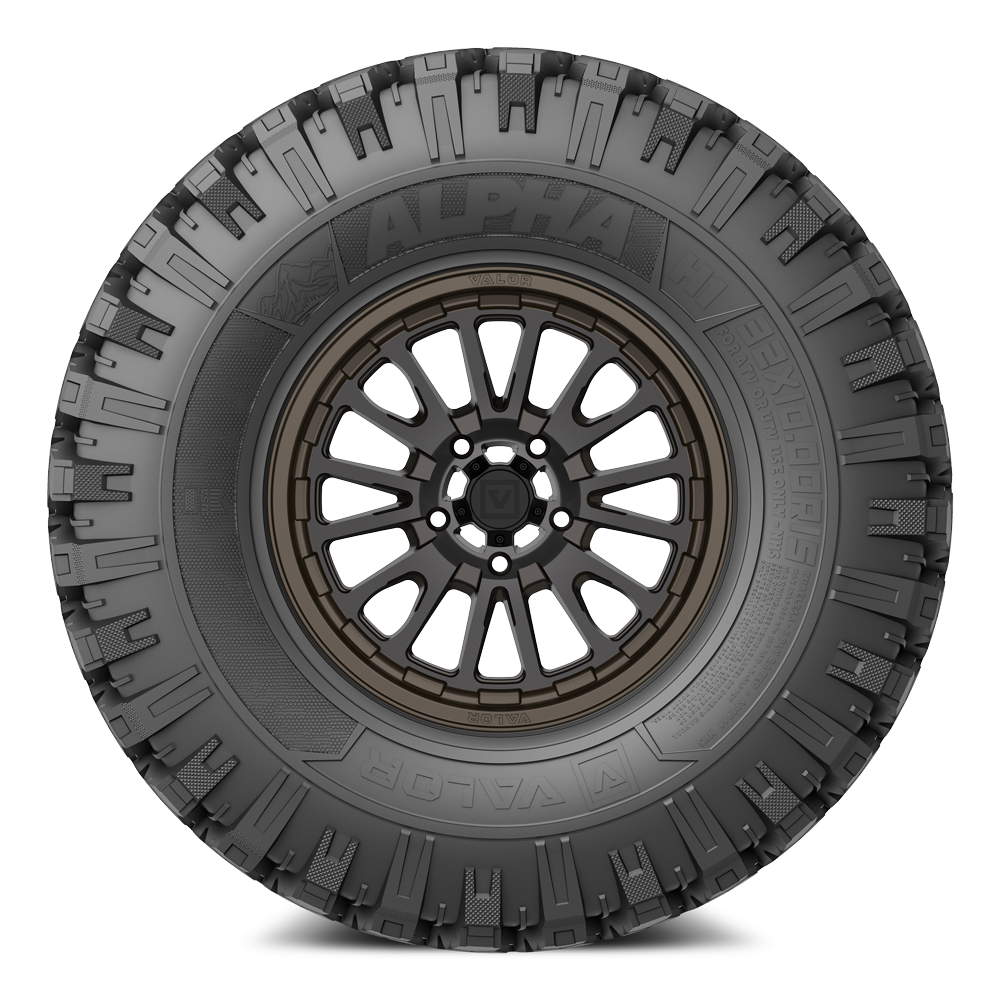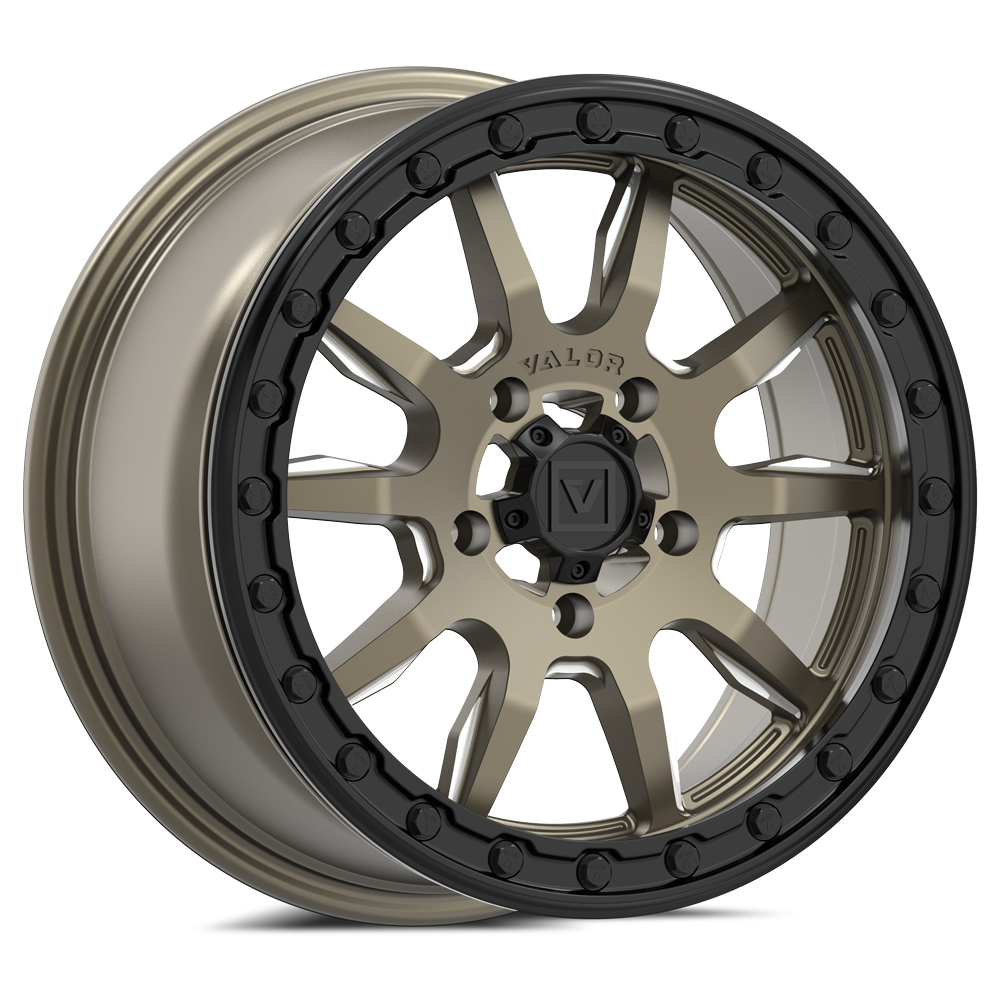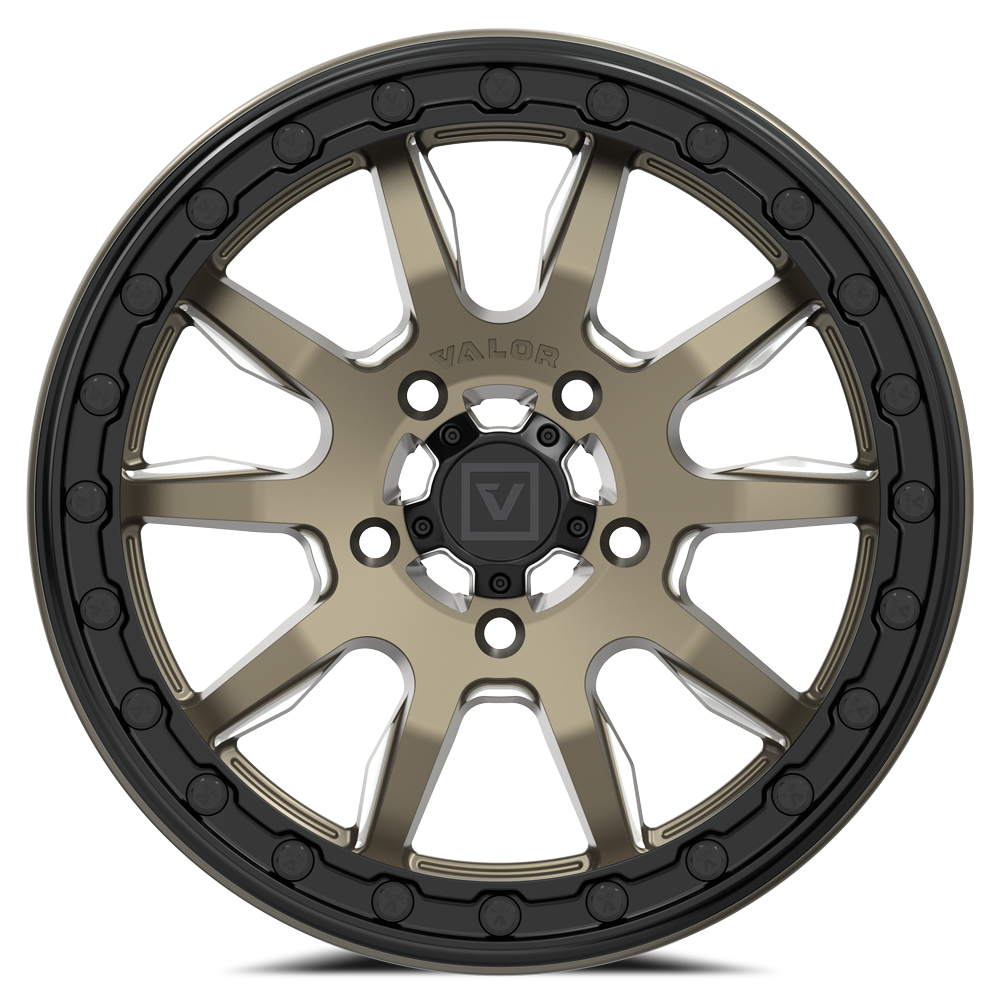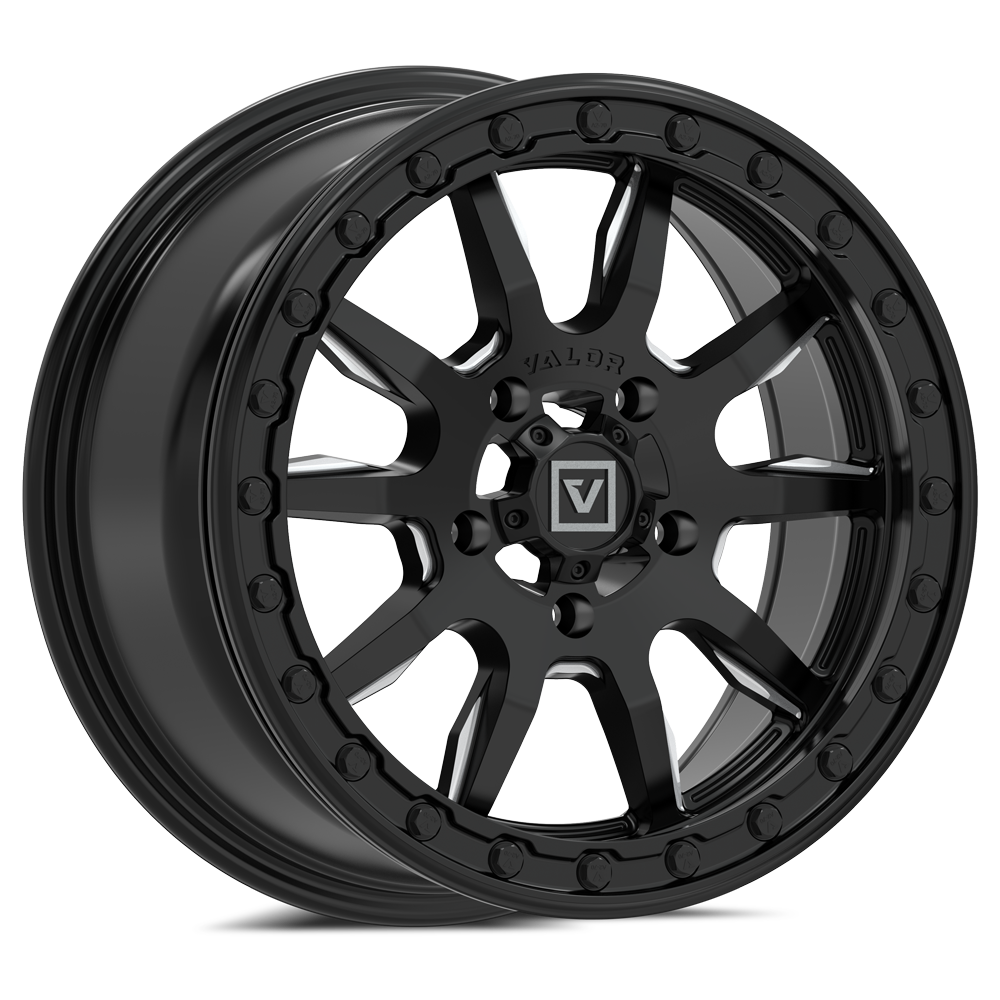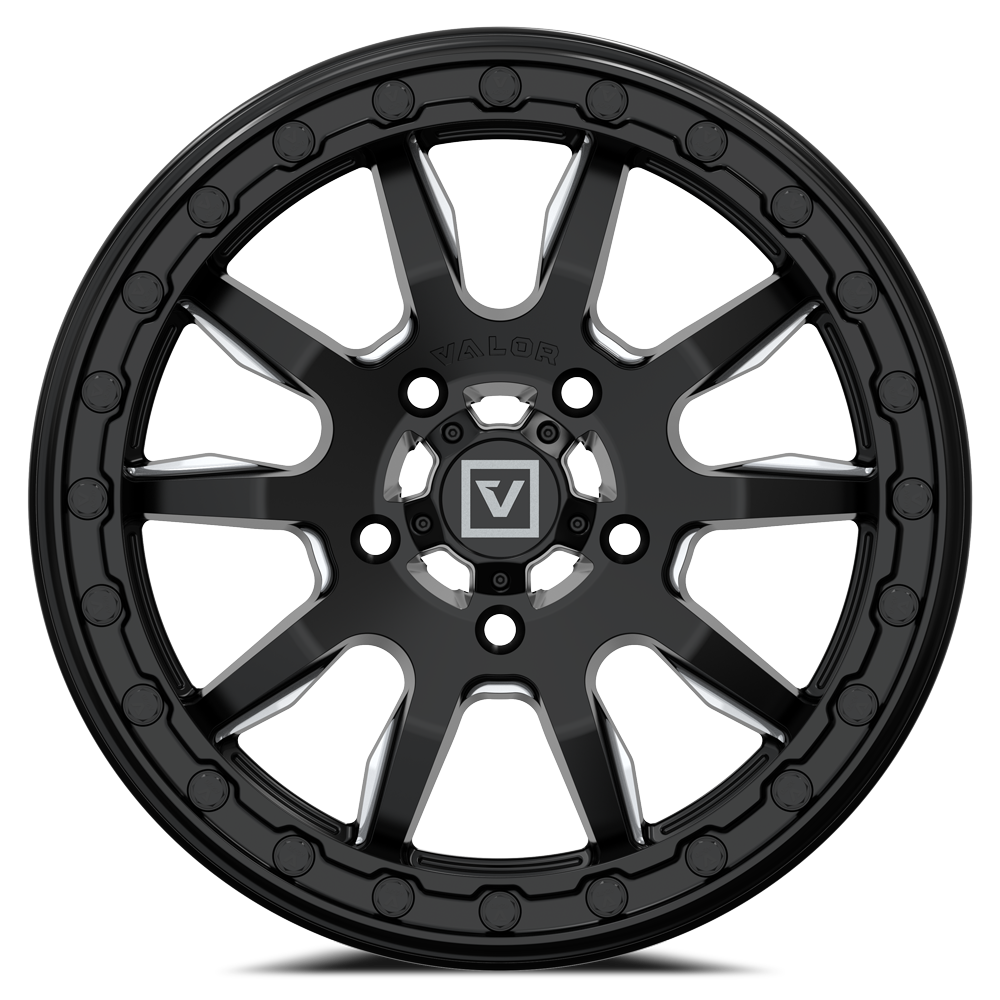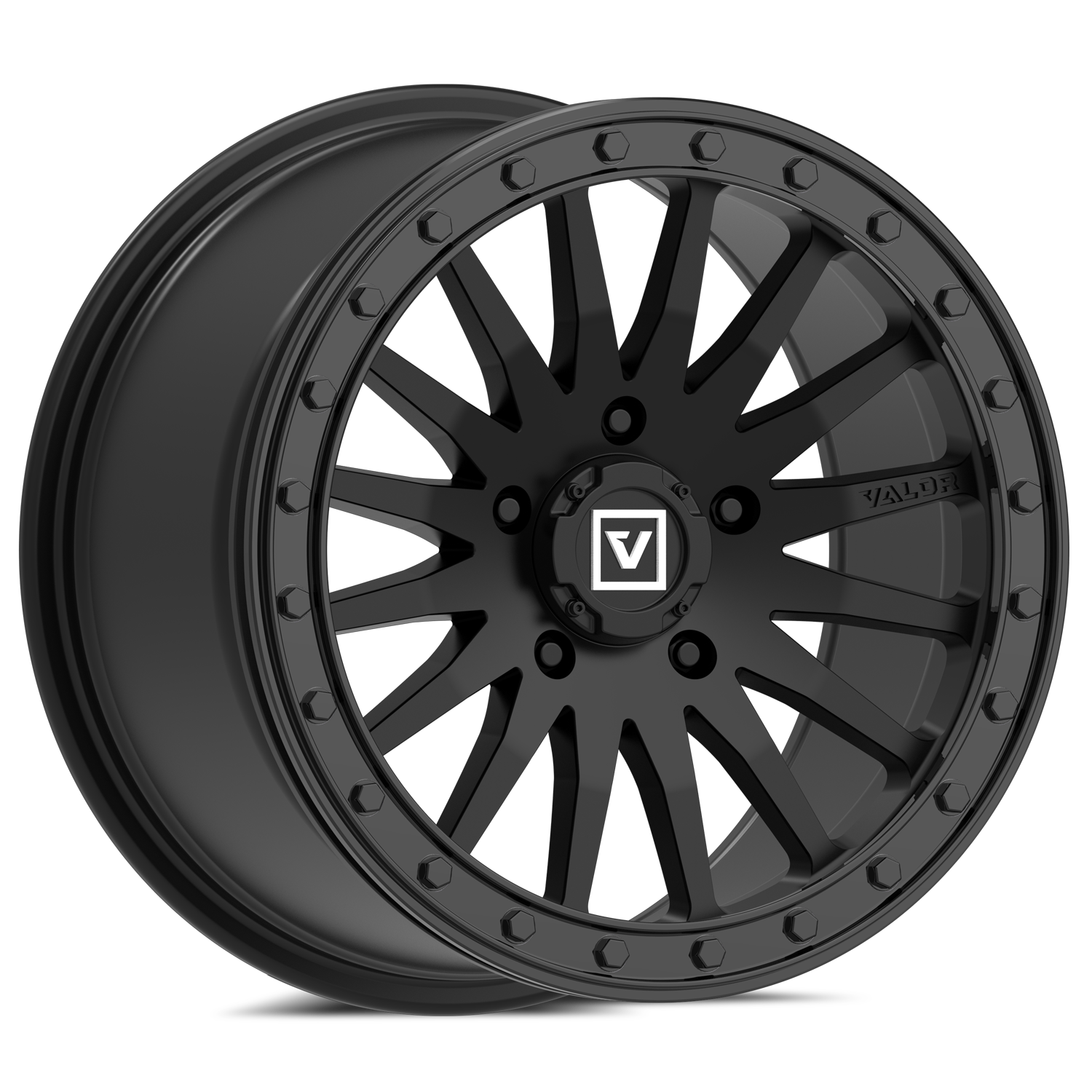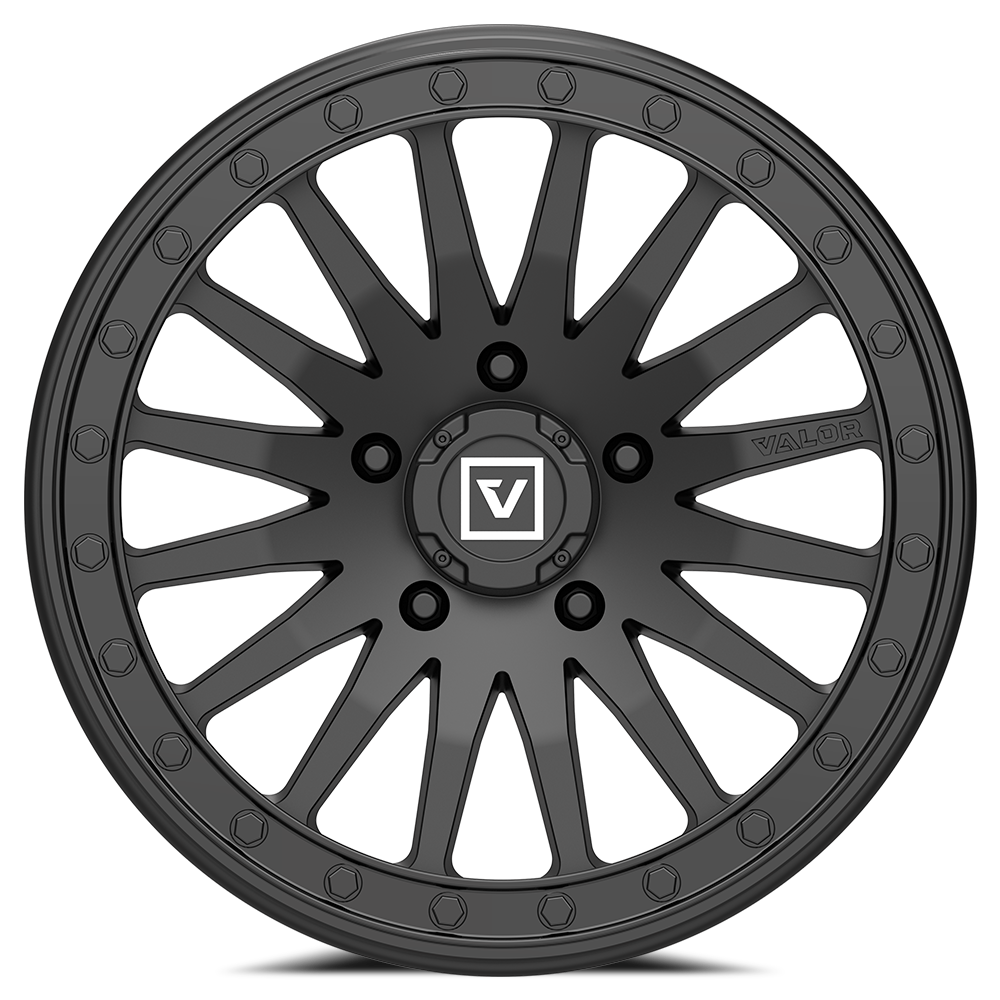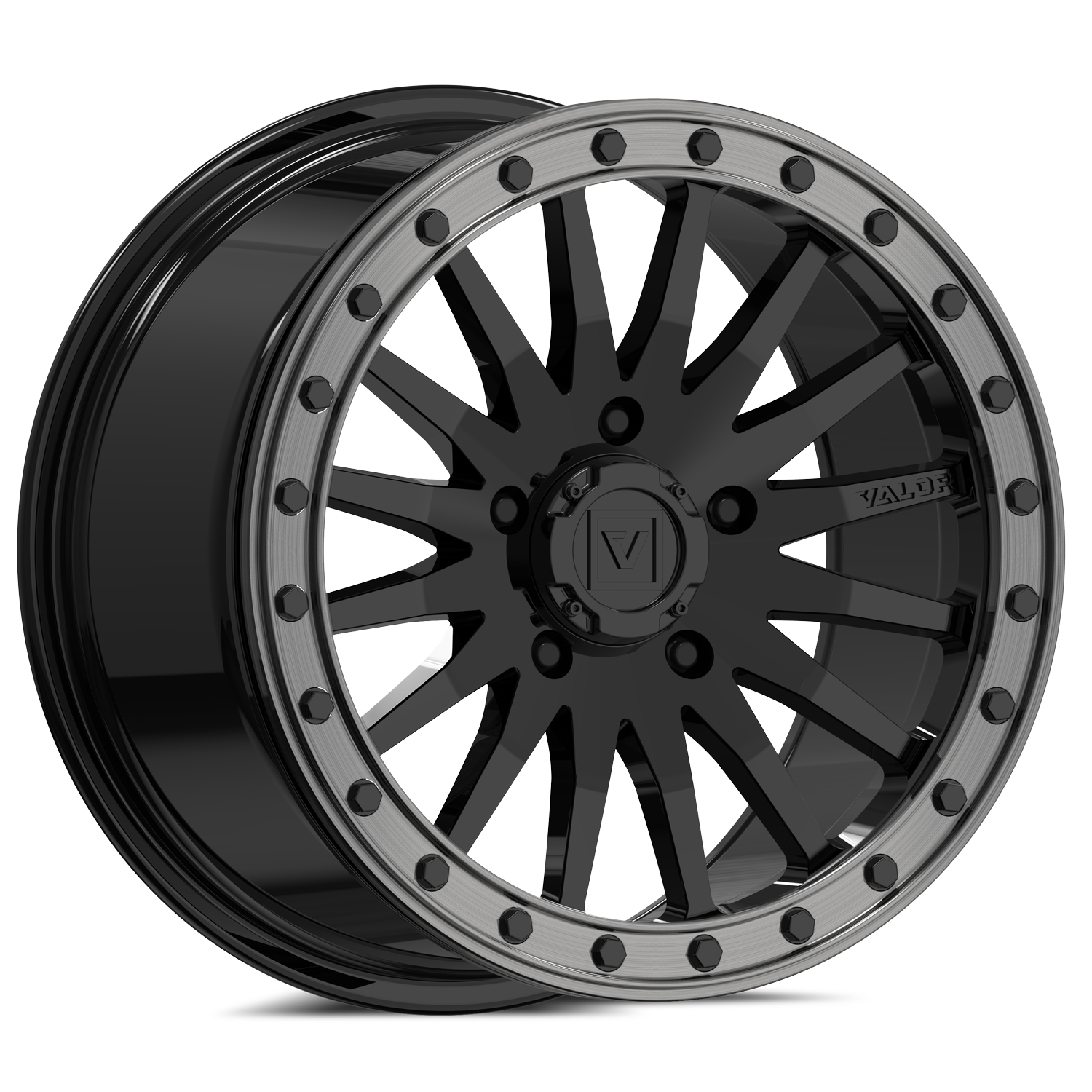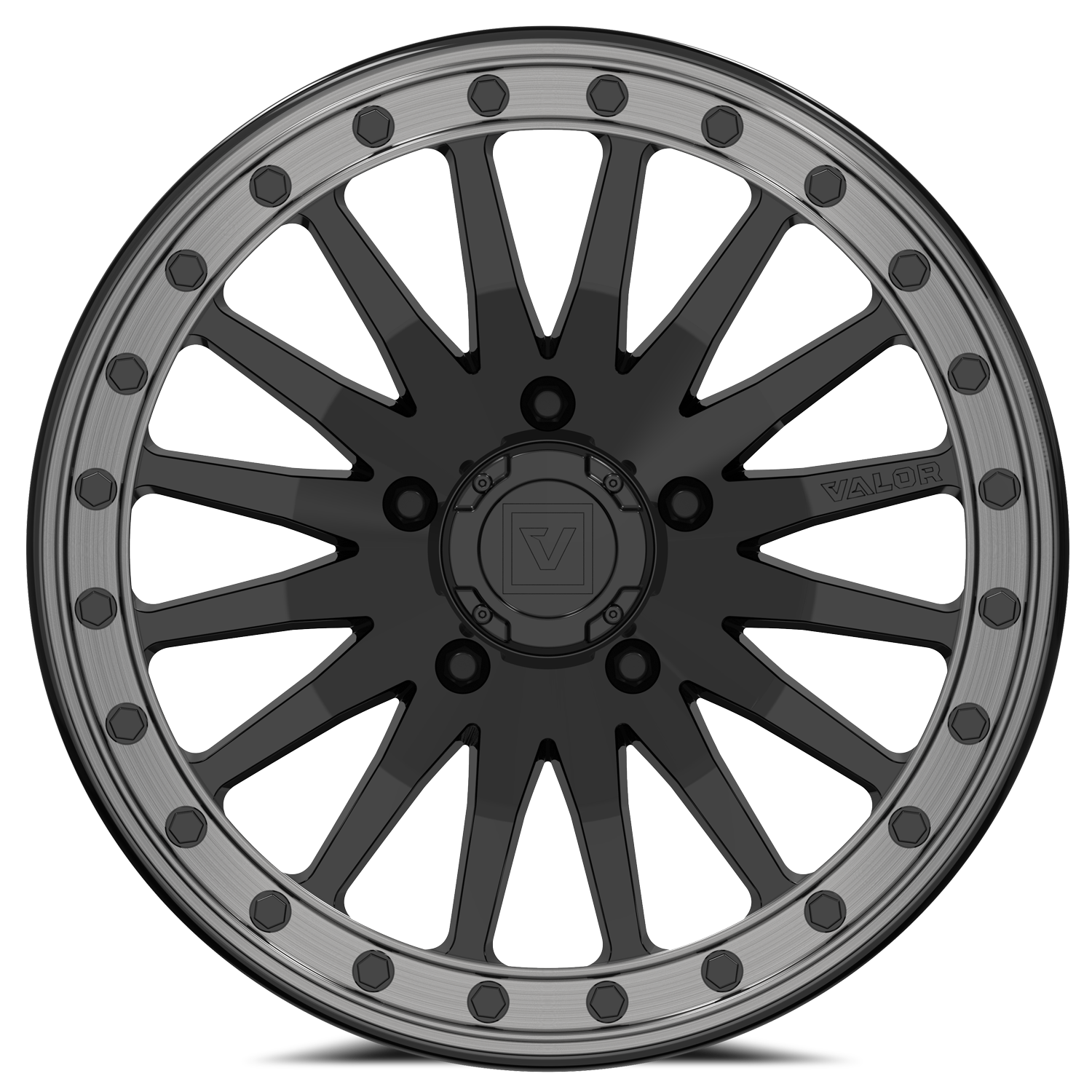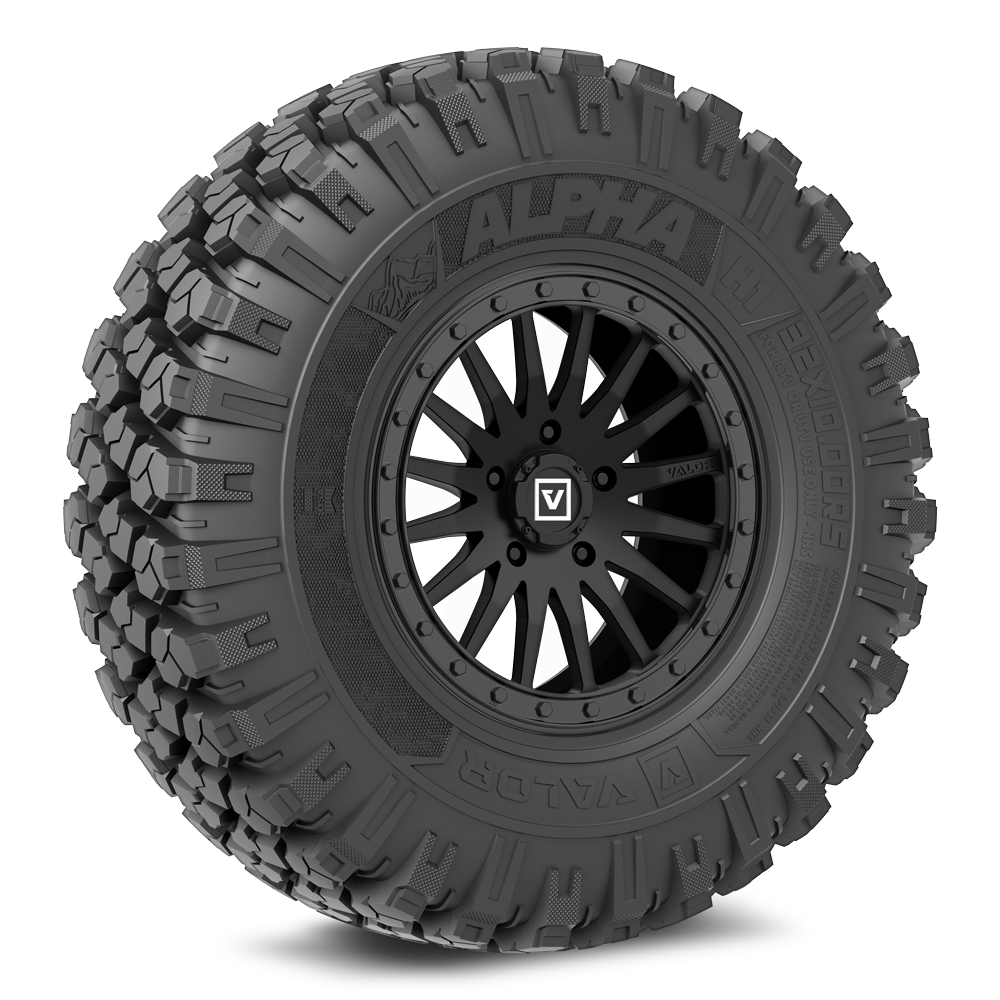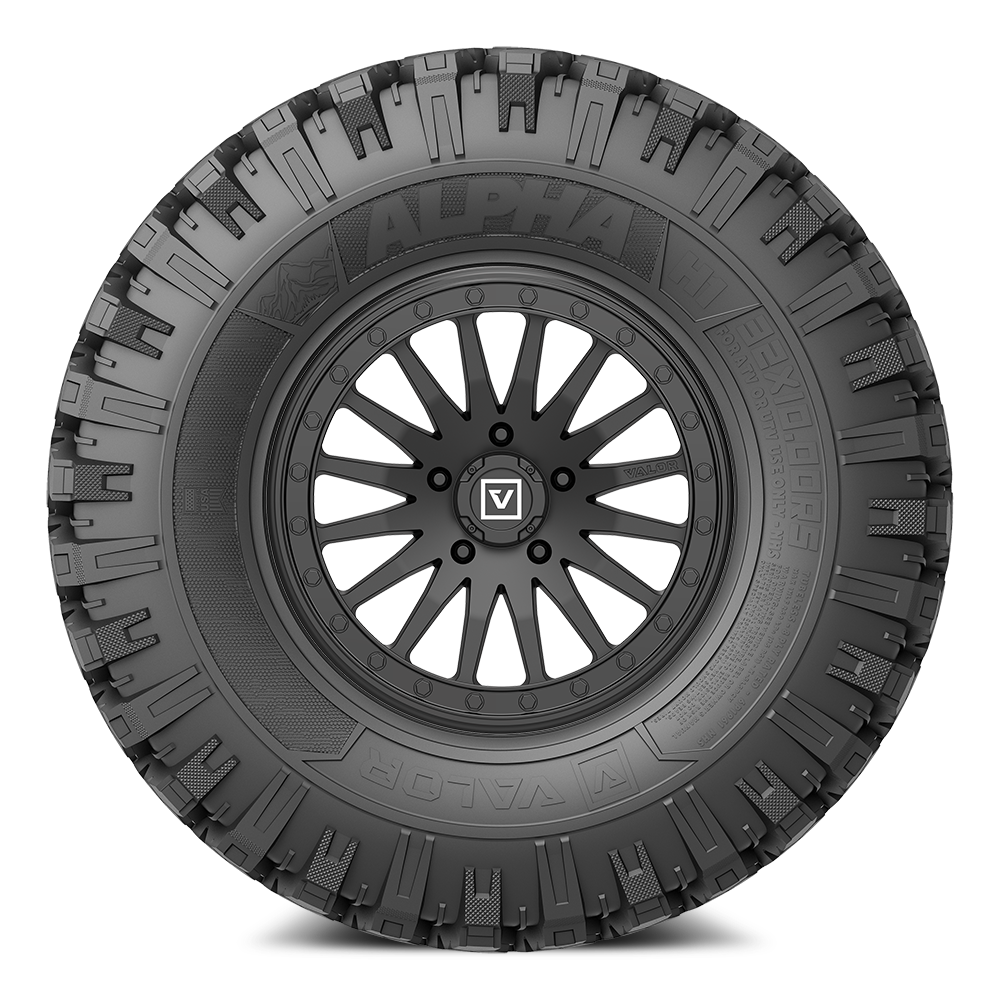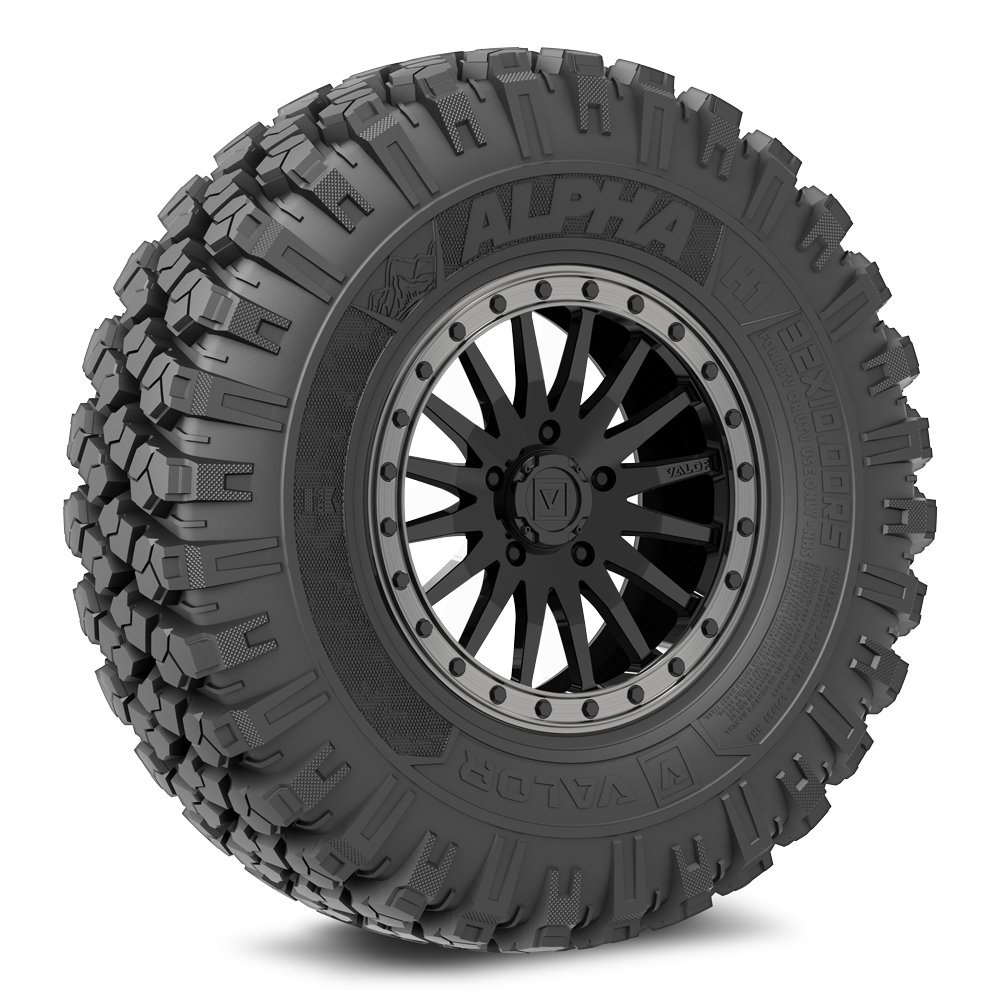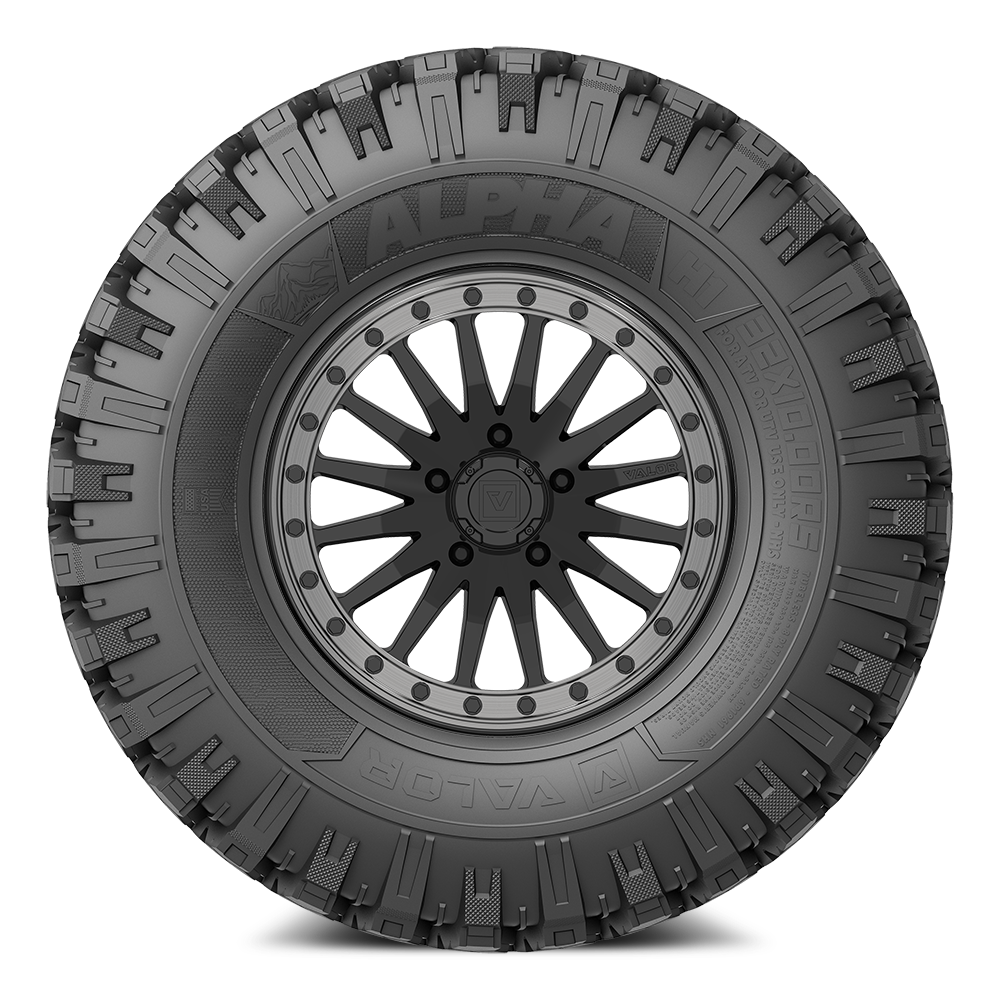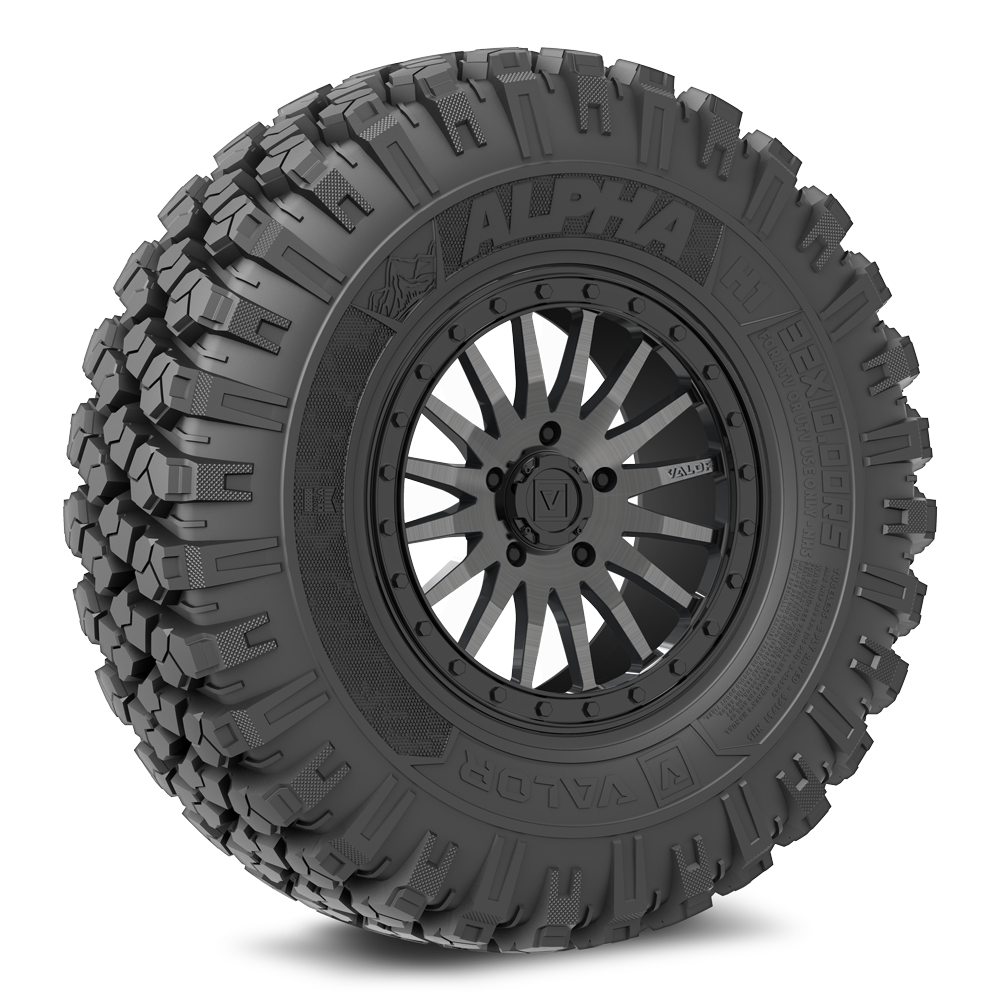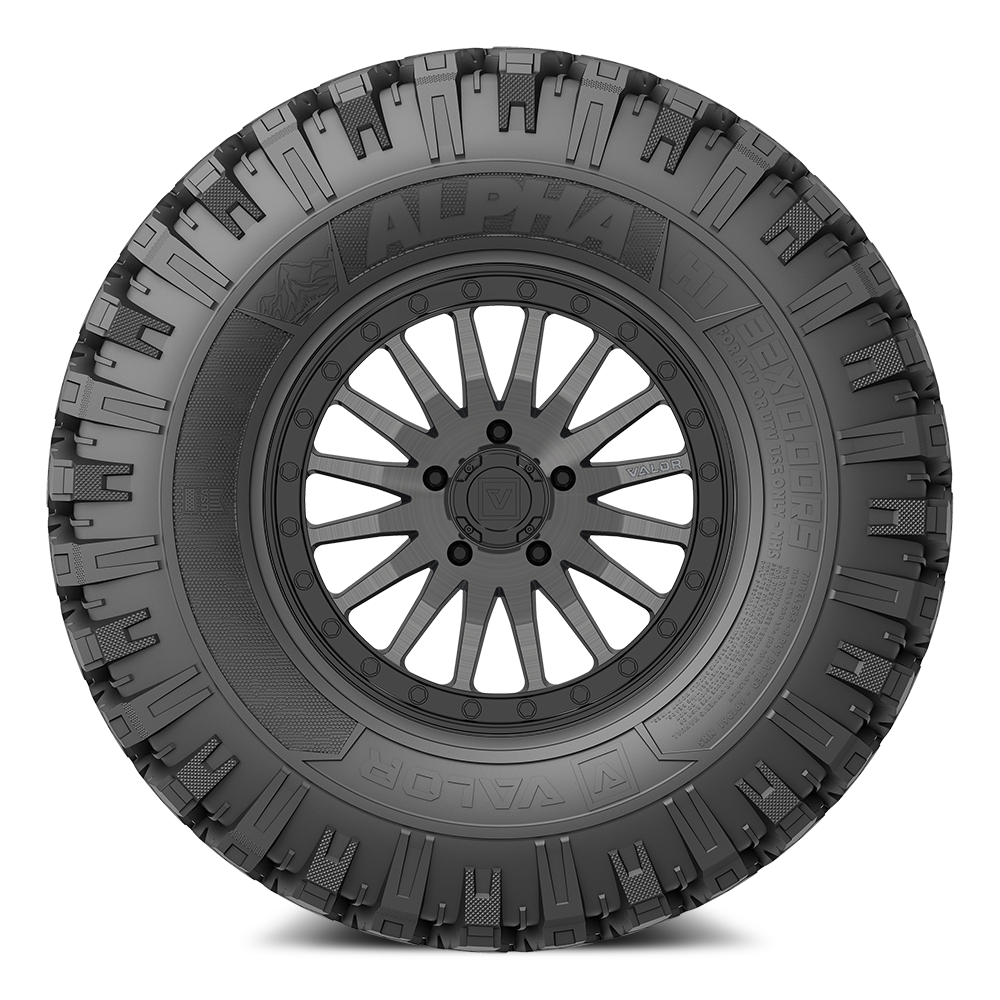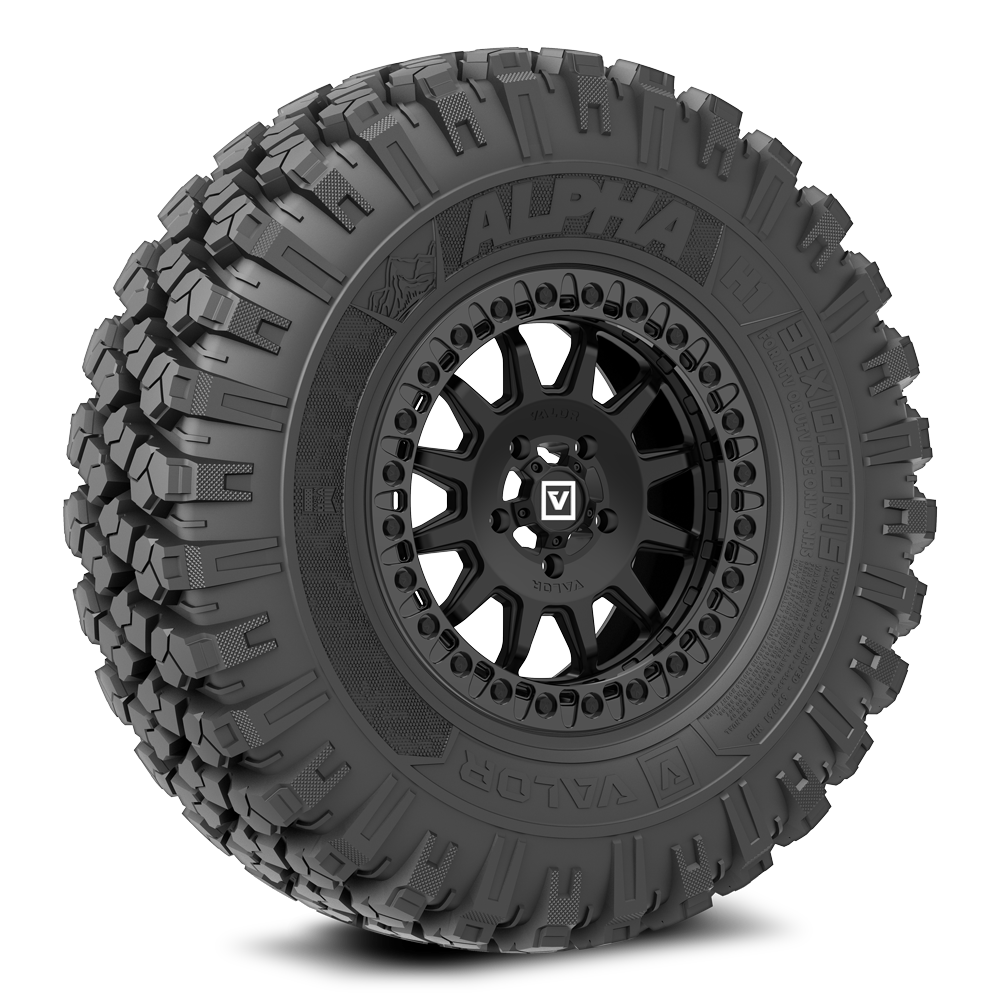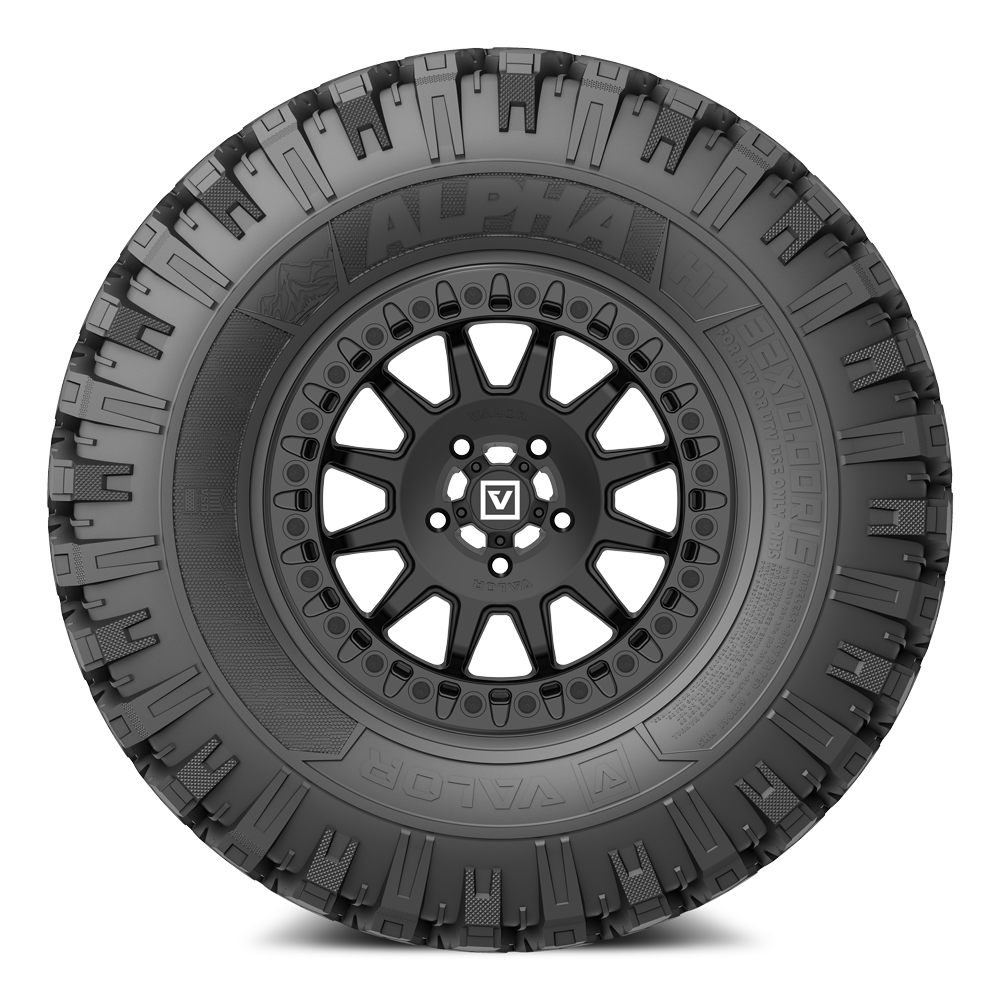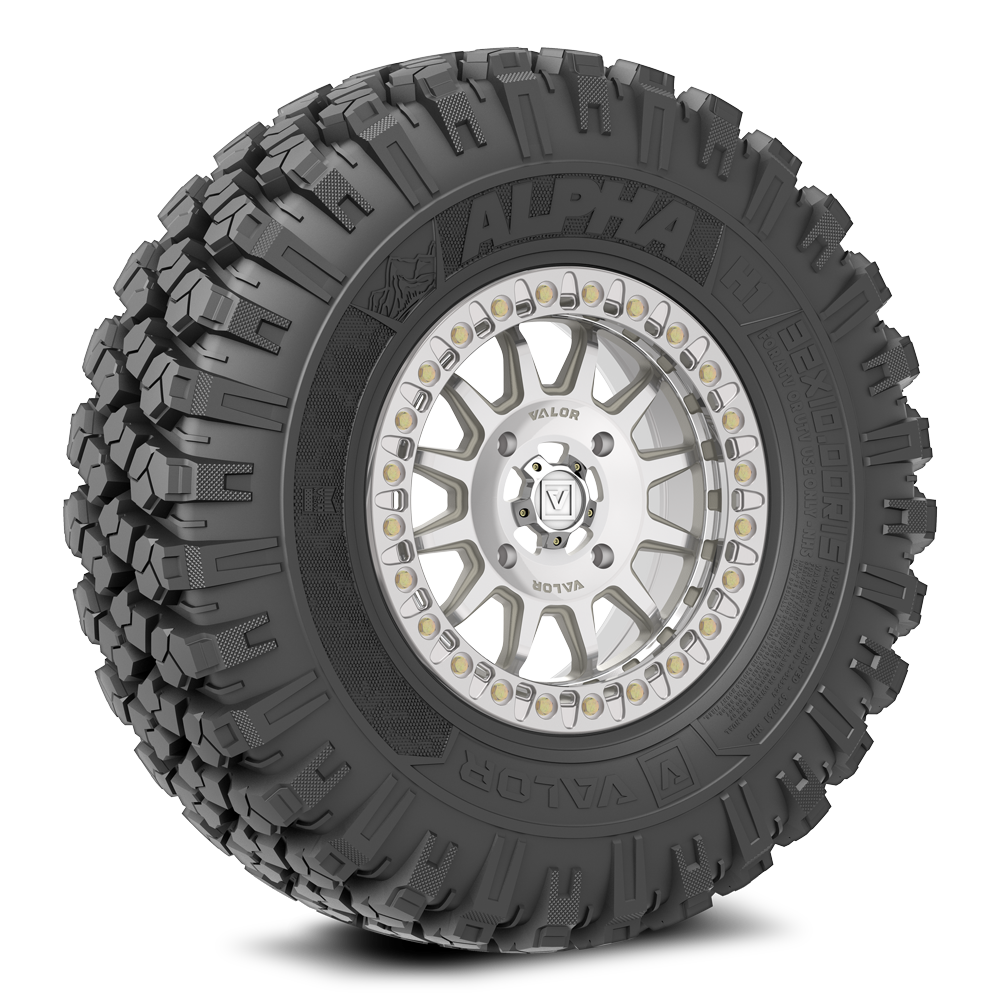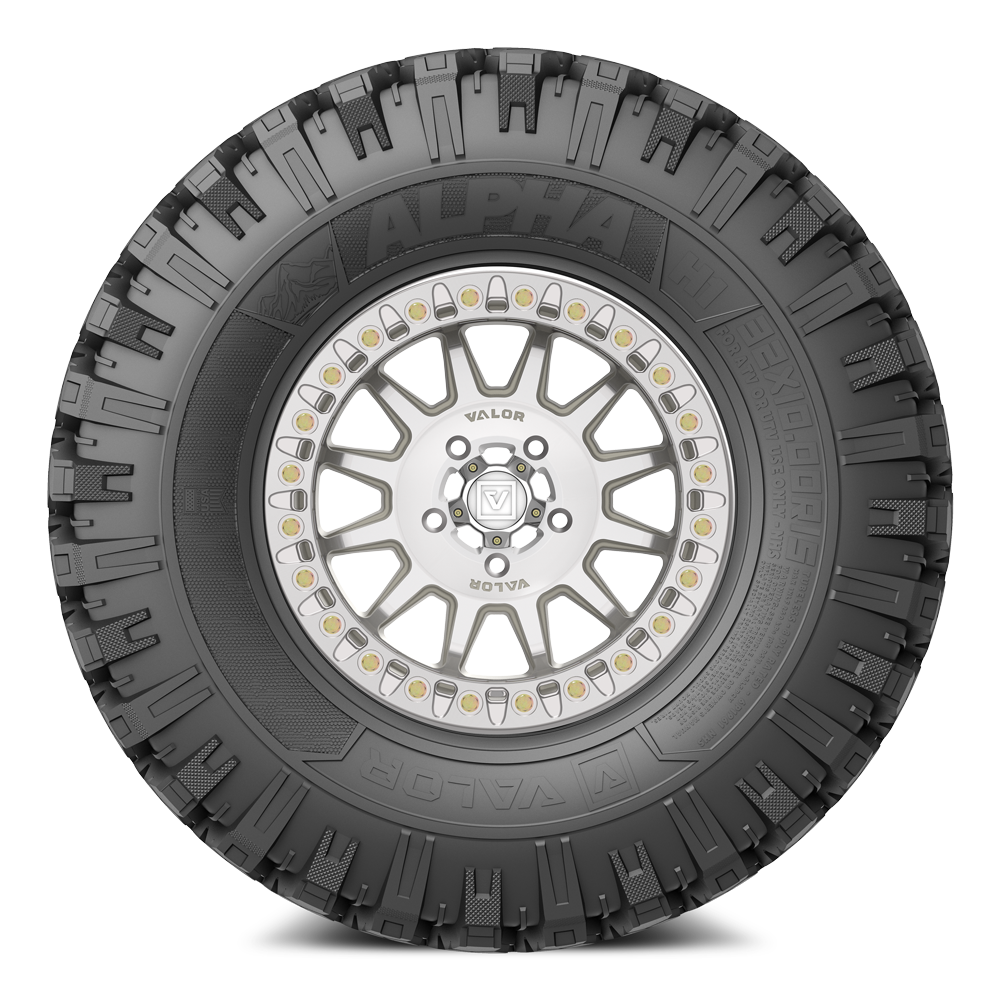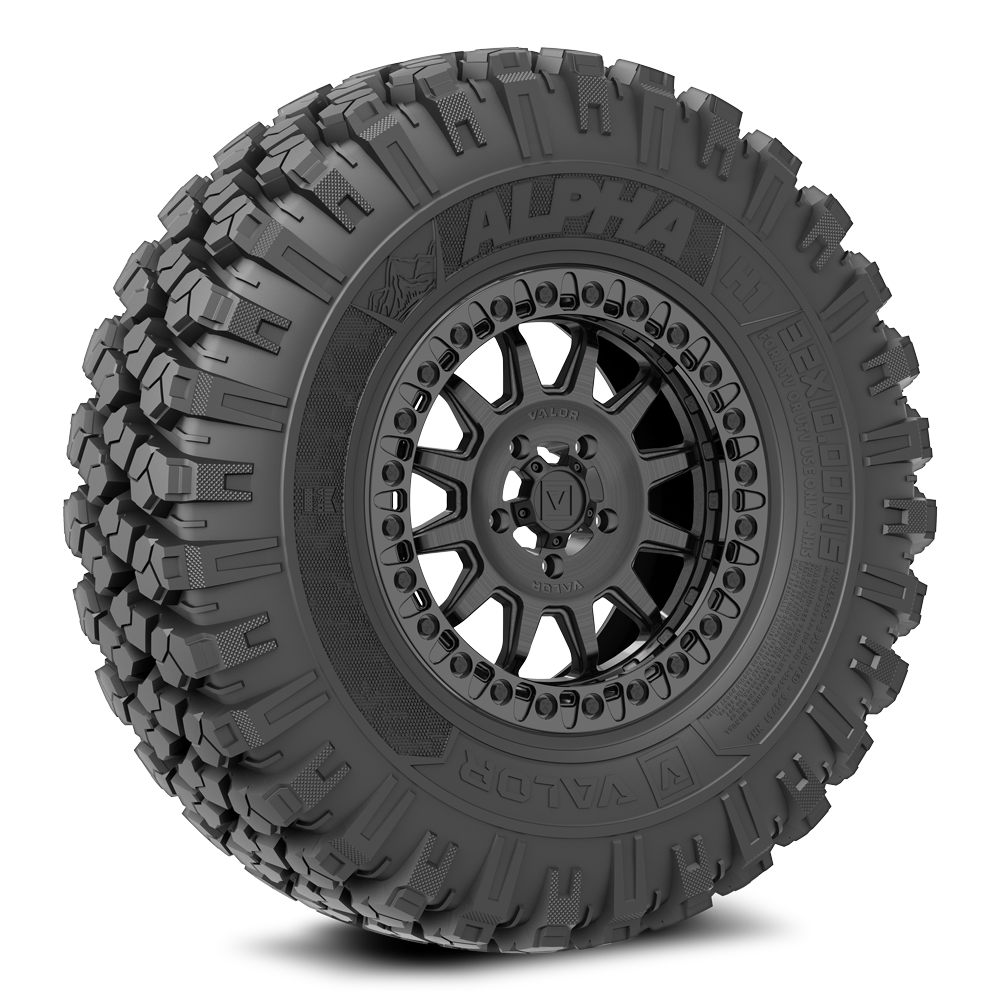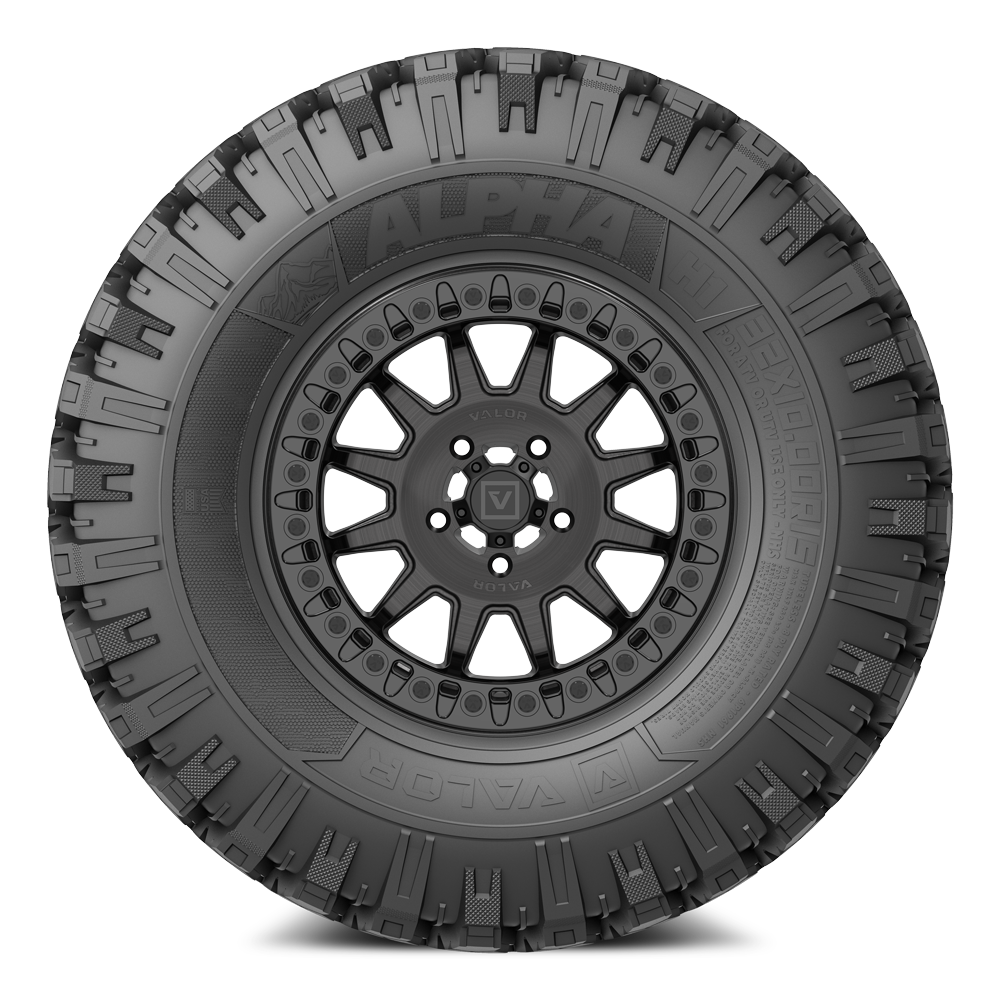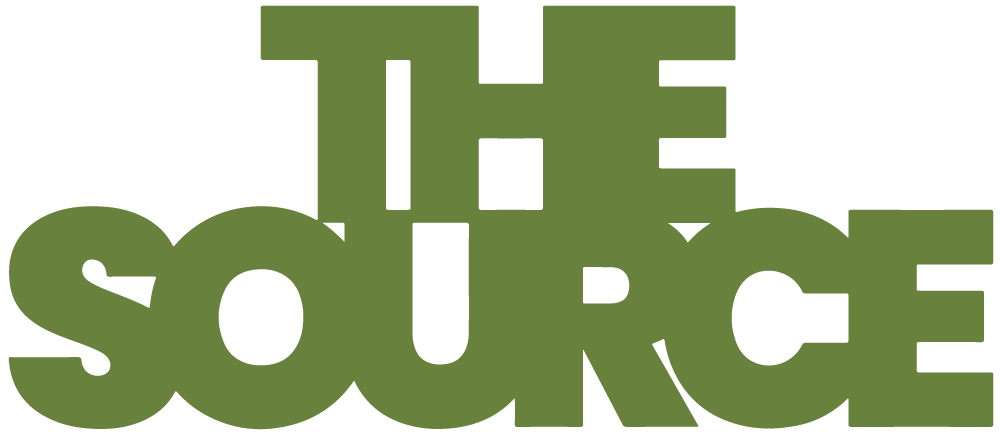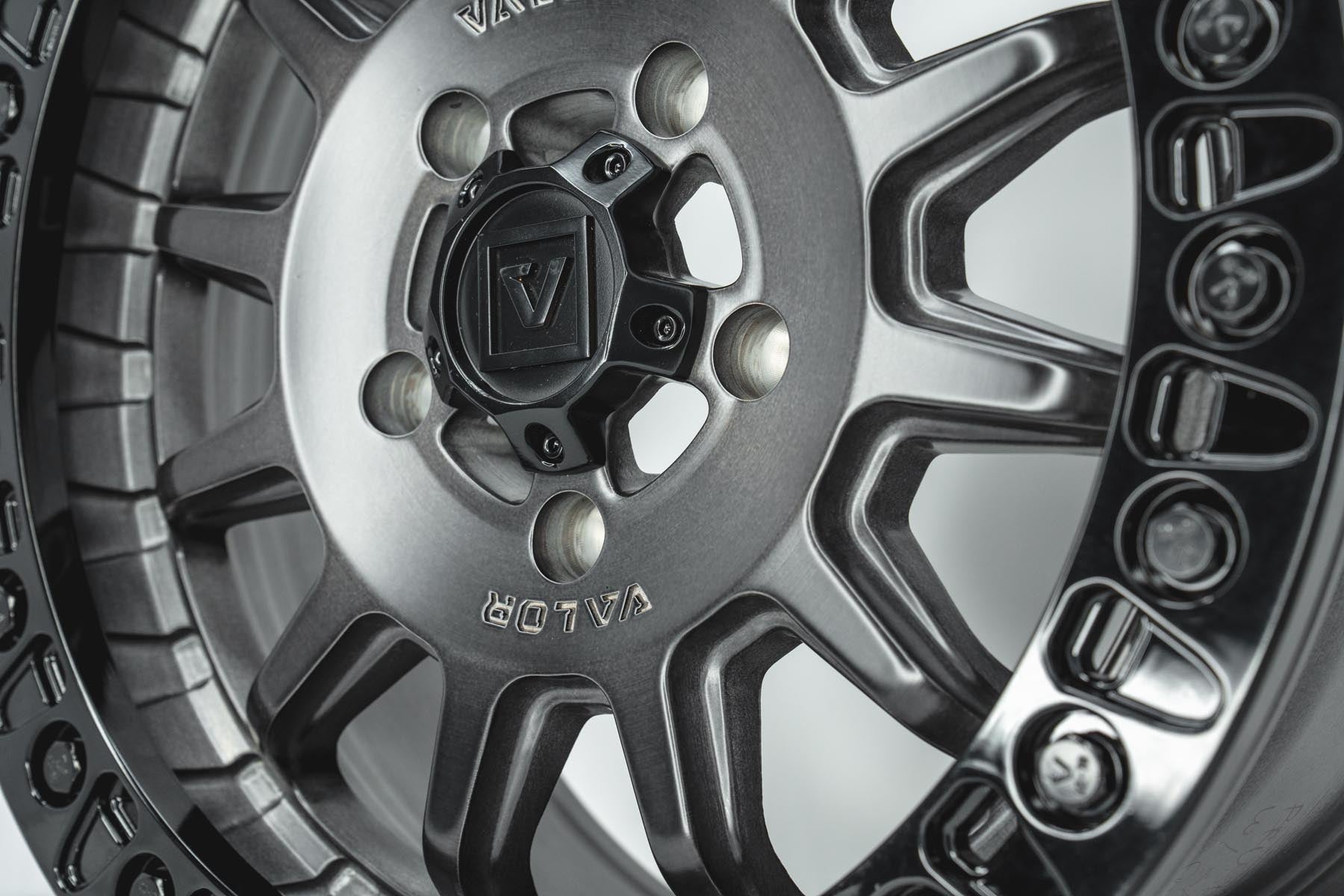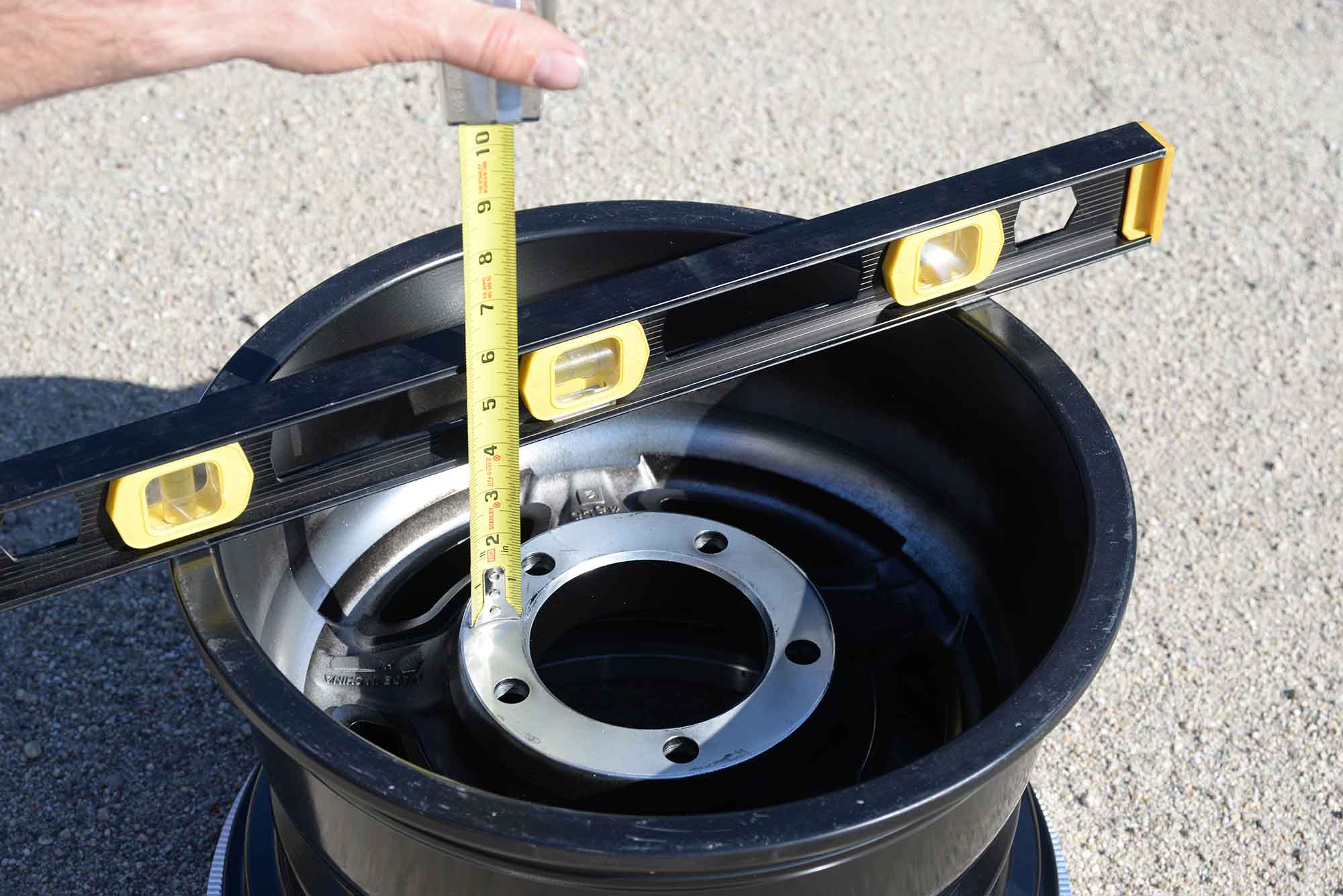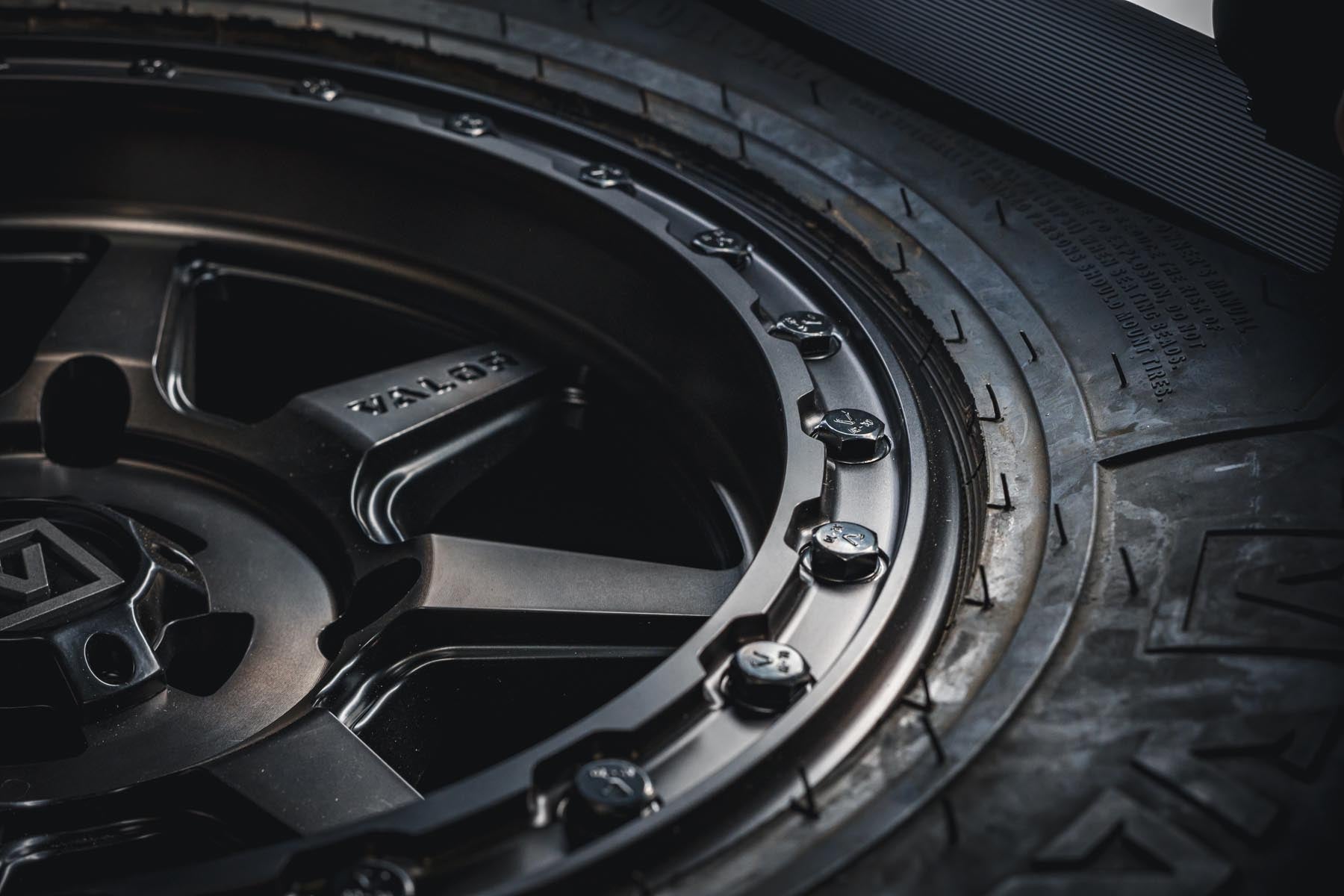We all have to start somewhere in offroading. Most of us fumble around and make some expensive mistakes along the way before we find our way (or we're forced to learn the hard way). Unfortunately, not everyone has a family member or friend that is an expert mechanic or trail guru to pass along the dos and donts so we put this post together to offer some friendly advice we've learned along the way. Always remember that every single one of us has had to ask dumb questions so swallow your pride and ask away.

OOOPS
It happens to all of us. You know, the dumb mistakes when the adrenaline overrides the brain and you mash your gas when you know you shouldn't. Or maybe you're one of those folks that don't have a good angle on your shoulder telling you what NOT to do. Mistakes are going to happen and as long as you are prepared for the worst, you're prepared for almost anything.
First: Buy Quality Safety Products
You're going to have a budget (seriously.... set a budget), and you're going to have to make some tough decisions on wants and needs. Furthermore, you're going to have to make even tougher decisions as to how much you're willing to spend on each item on your list. If there is one area you should never, ever skimp, please spend the money in the right areas to protect you and your passenger when disaster strikes. Here are some recommendations on products/areas you should spend top dollar for.
- Full First Aid Kit (4+ Person Size)
- Seats/Harnesses
- Recovery Gear
- Tools (you're going to break stuff)
- Fire Extinguisher Mount
- Windshield or Face Protection (Helmet/Goggles)
- Windbreaker/Raincoat
- Quality Wheels and Tires
Know your vehicle
You don't need to be a certified mechanic, thats not what we're talking about here. You need time in the saddle to know how things feel. We'll address a few of these but the key is to break your machine in softly and slowly and along the while, get acquainted with some of the sounds, smells and clearance heights your UTV or ATV offers. Remember it's not about the amount of miles you put into your machine, it's the hours that count.
- Know what RPM you should stay under in each gear.
- Know your tires and what terrain their intended use was designed for. Not all UTV tires are created equal and picking the right tool for the right job is crucial.
- Understand how much travel your suspension offers and learn what changes when you're riding alone compared to your whole family in the vehicle with you.
- Know the total clearance of your UTV or ATV (again with and without passengers).
- Before you remove products on your machine, spend time with it stock so you know where your starting point is. People spend a LOT of money for looks when performance is where the most bang for your buck is.
L vs H
One of the biggest rookie mistakes a newbie can make is to not know where the perfect bandwidth of RPM is between needing to shift from low (L) to high (H), or visa versa. Each make/model is drastically different and throw in new clutches and re-gearing so our advice is to discuss this with the dealership you bought the unit from and IF you decide to start upgrading parts, make sure you discuss with your builder or the manufacturer where your new RPM bandwidth lies.
Recovery Gear
Don't assume the next guy has everything you'll need to tow you out of a predicament. Spend some money one a great recovery kit that you can throw into your machine before a ride and if all things go well, you probably won't need to use it. BUT... you should always know how to use each piece in your recovery kit. Spend time before you go out in the wild learning how to get yourself out of harms way. There are millions of great YouTube videos on how to use recovery gear, spend some hours acquainting yourself with the basics.
You have a winch?
- Shackles 5/8”
- Soft Shackle 10” (or pulley combo)
- Tree Saver
- Standard Duty Tow Strap(s)
- 5/8 Kinetic Rope
- Recovery Kit Bag/Box
No Winch?
- Soft Shackle 10” (or pulley combo)
- Standard Duty Tow Strap(s)
- 5/8 Kinetic Rope
- Recovery Kit Bag/Box
Airing Down/Up
Keeping just the right amount of contact with the trail is what makes an off-road hero. Knowing when to air down and air up is crucial to sand kits, rock crawling and hard pack speed lovers.
Air Down
- Airing down before a slow crawl allows your tires to soften and mold around obstacles giving you optimal traction when you're off camber. Most true UTV tires will state the recommended PSI for operation is between 18-22psi however to get the most out of your crawl, you're going to want to drop that down to 8-10psi. We recommend testing this by hitting an obstacle you can circle back and repeat. Do one pass with standard PSI and then try it with a much lower PSI and feel/see the difference.
- Airing down can also offer huge benefits for folks hitting the sand dunes. A tire with more surface area (contact patch) allows the vehicle to stay on top of the sand instead of cutting through it. If you see someone struggling in the sand, 9/10 times it because they forgot to air down.
Air Up
- After a long day of crawling, remember that your tires were meant to operate at optimal speeds while at a high PSI. If you aired down to crawl, you MUST air back up if you plan to go anything faster than 30MPH. We recommend carrying a portable compressor in your truck or on-board your UTV so you can set your PSI to the desired PSI whenever you want to.

